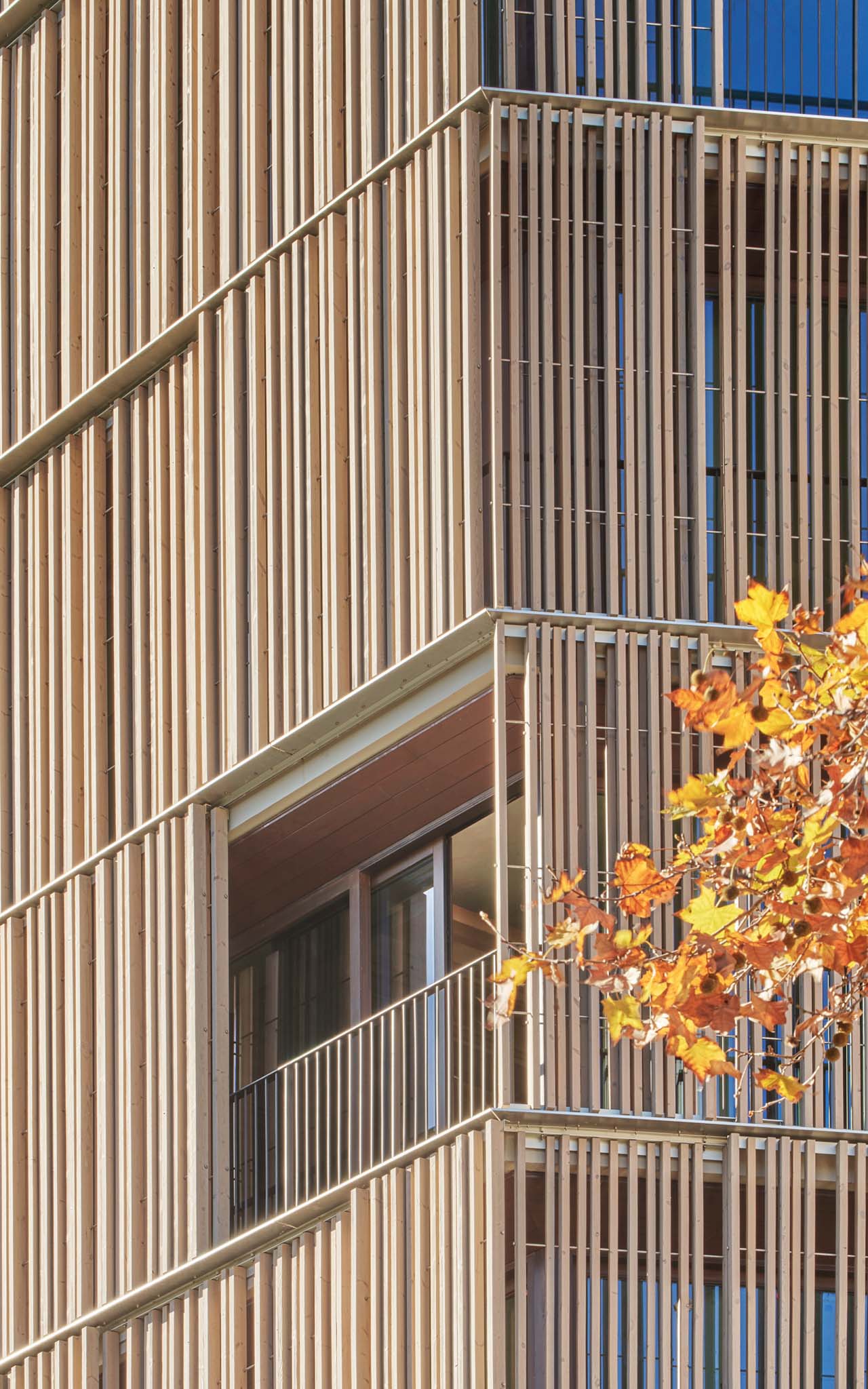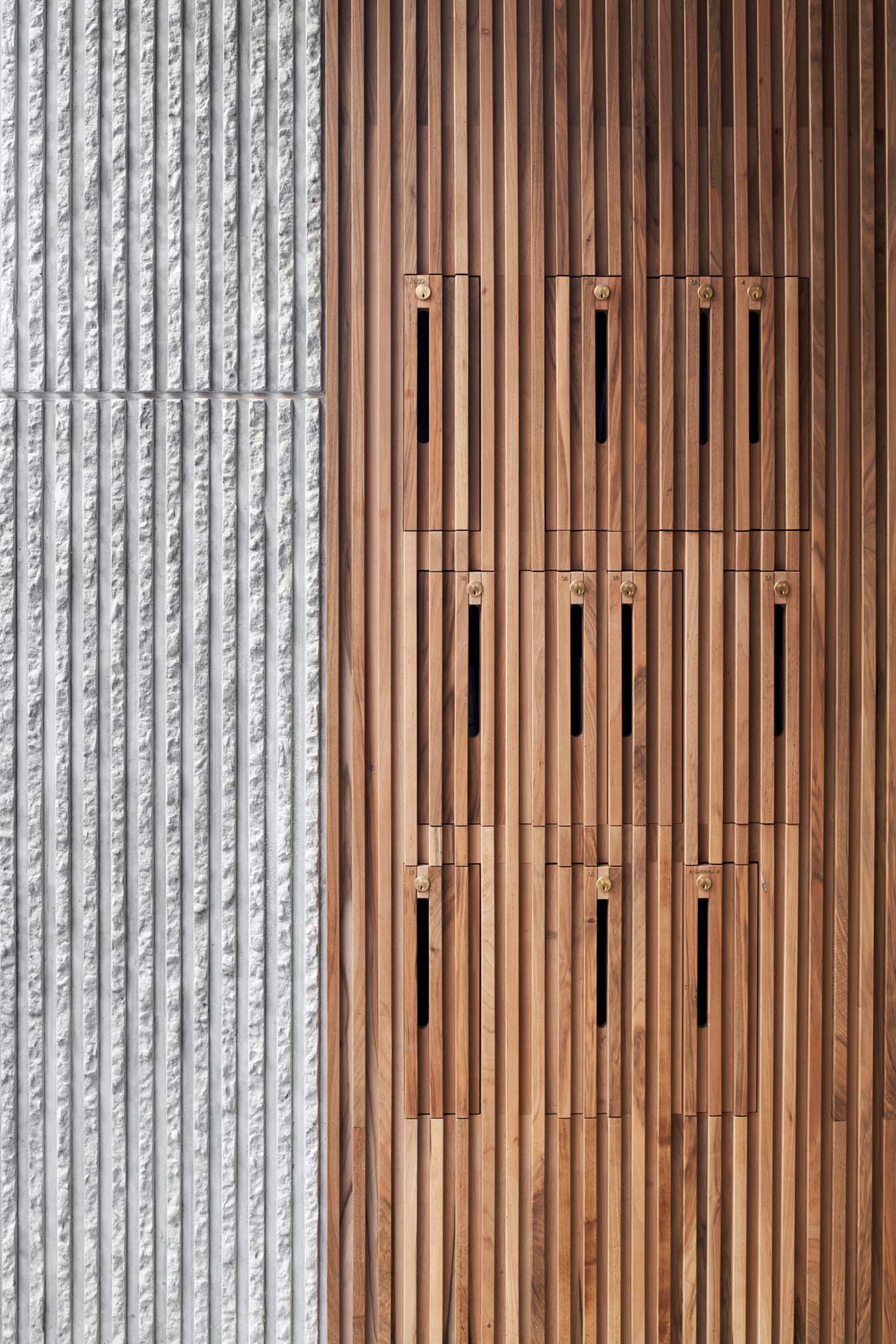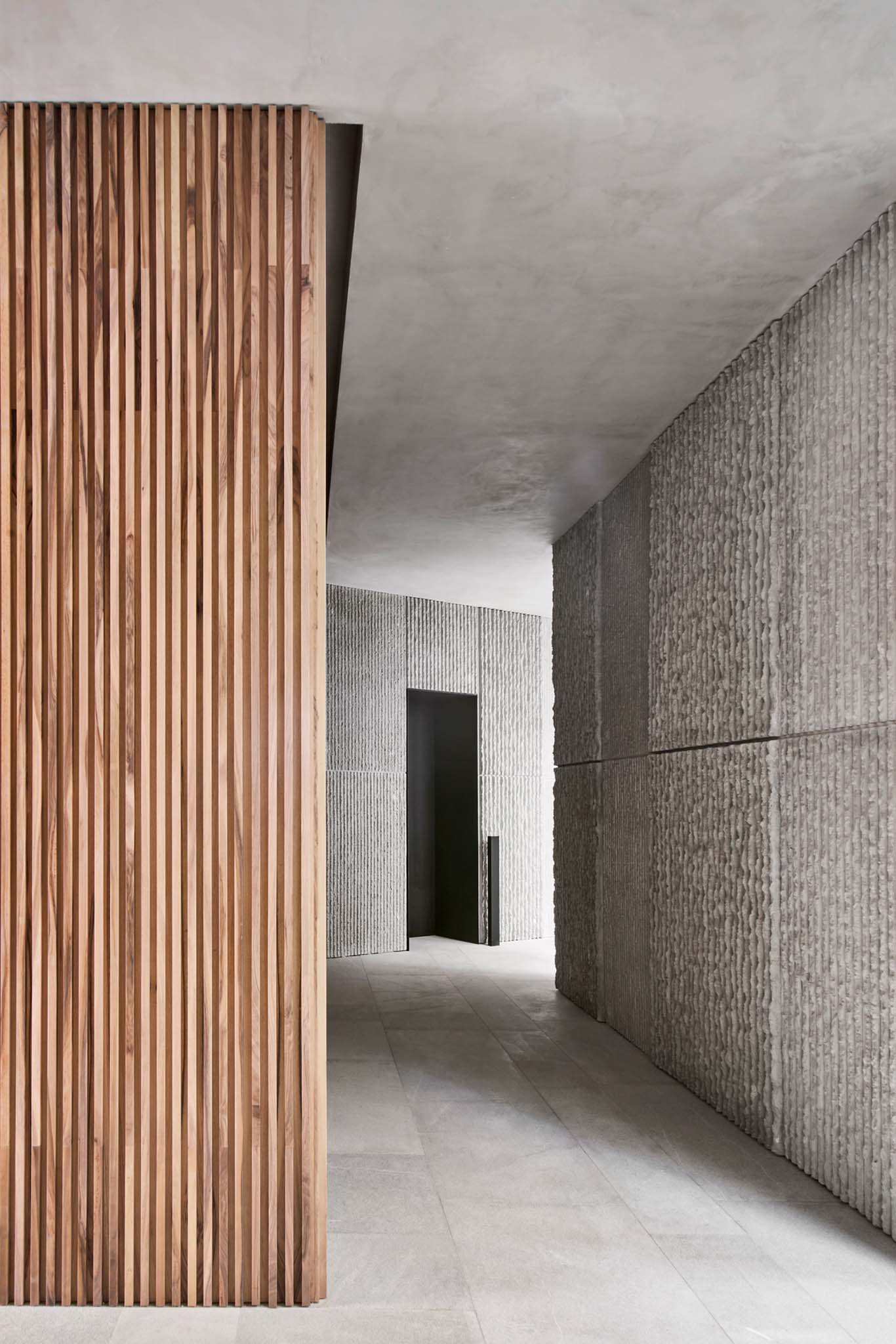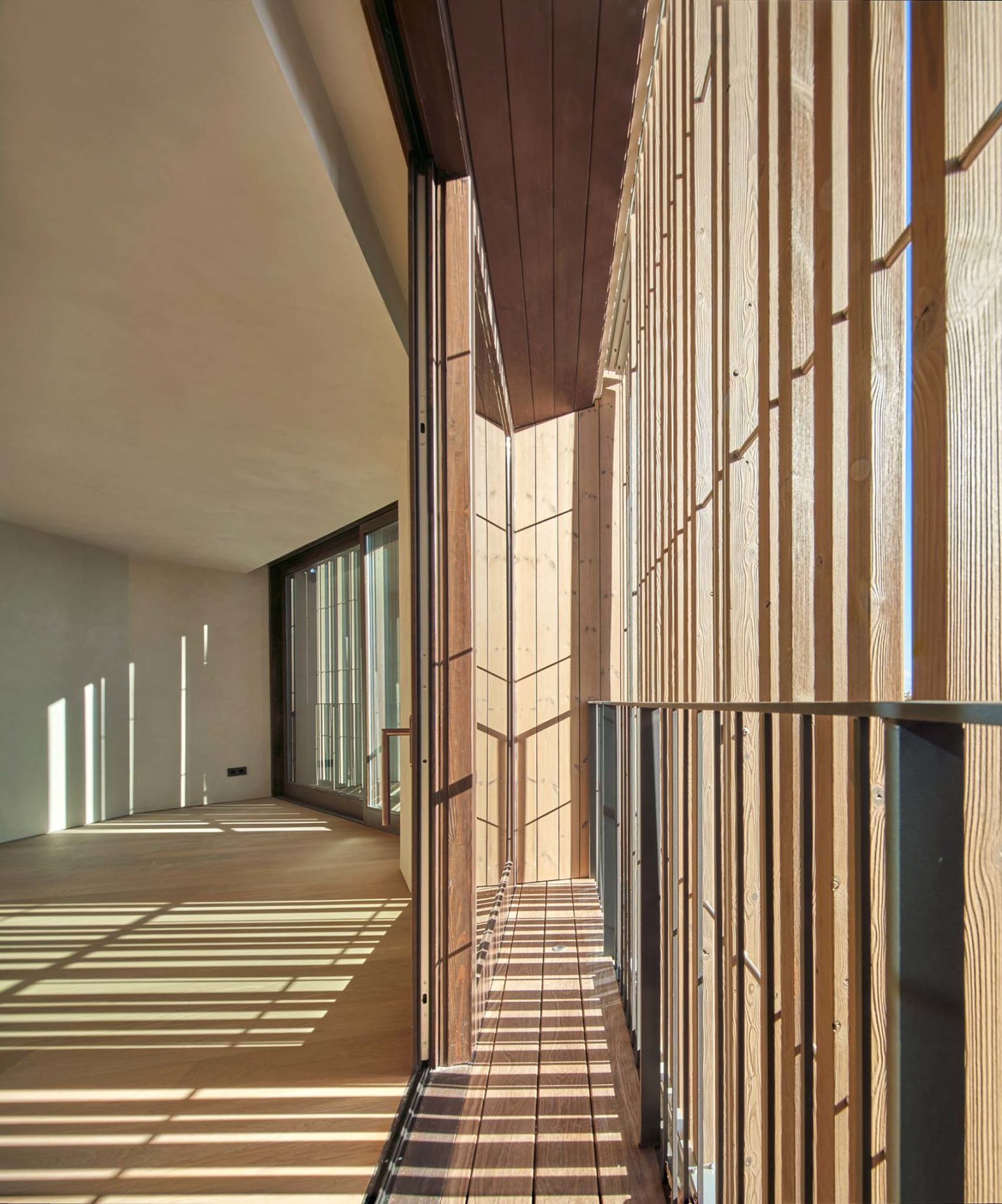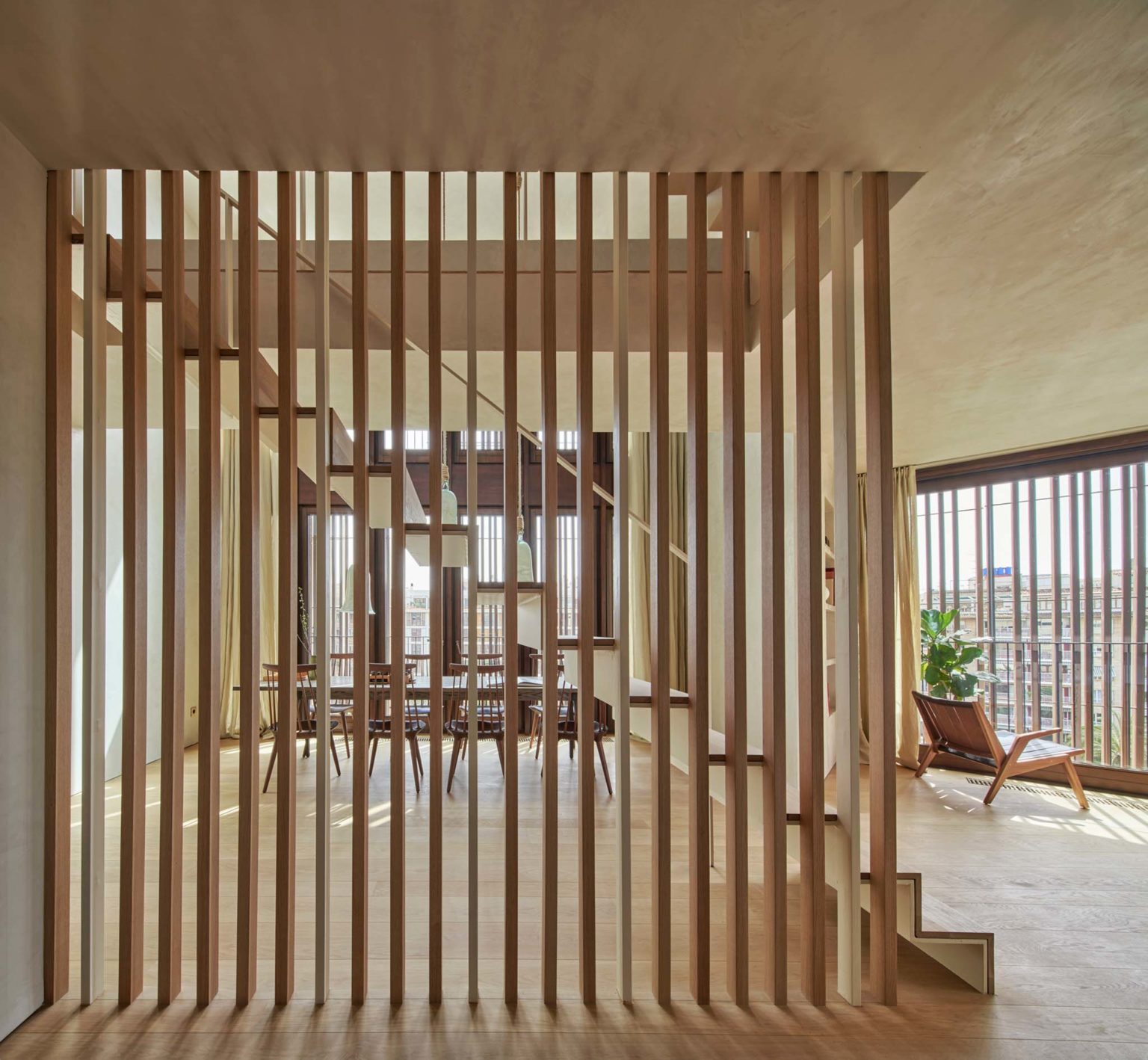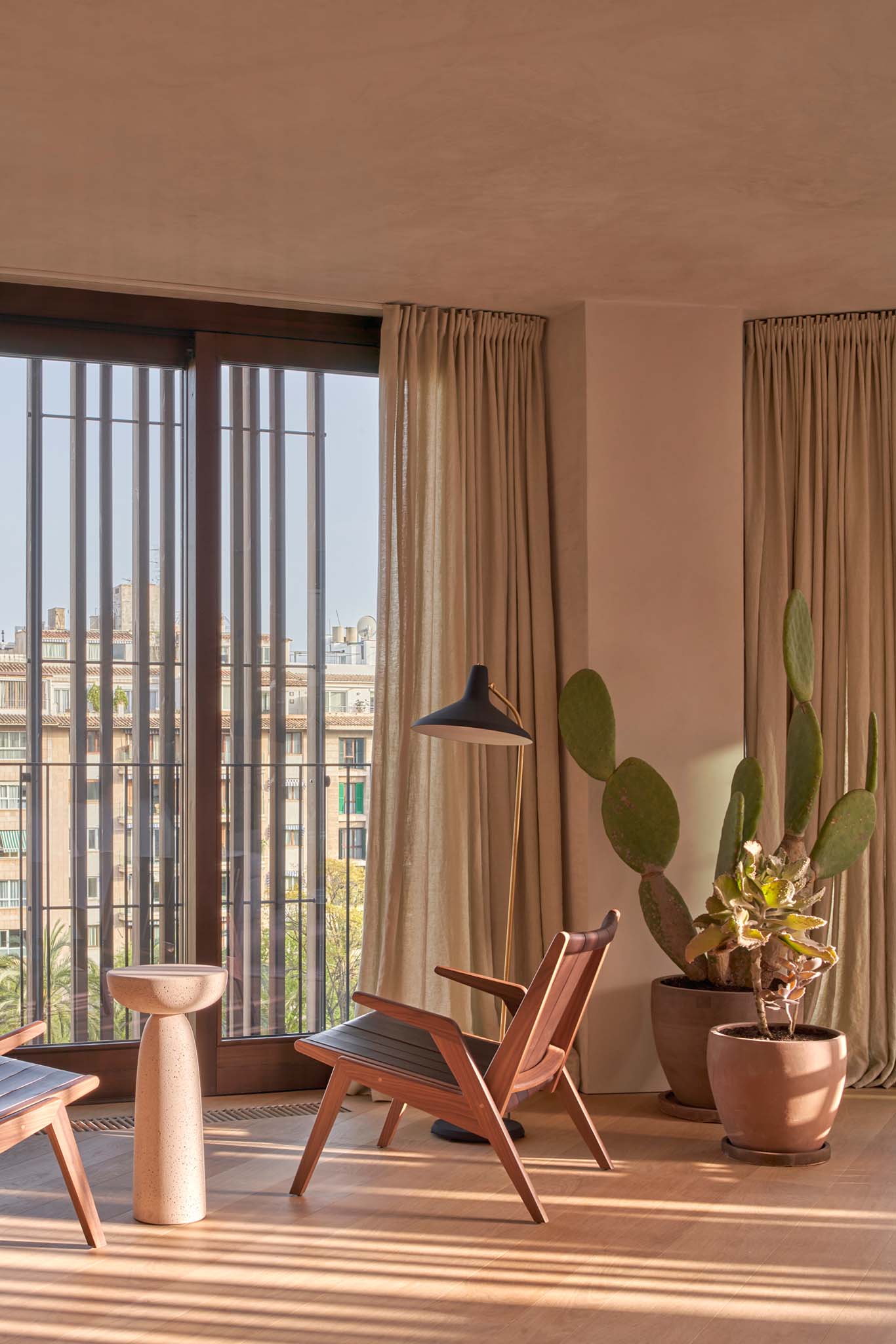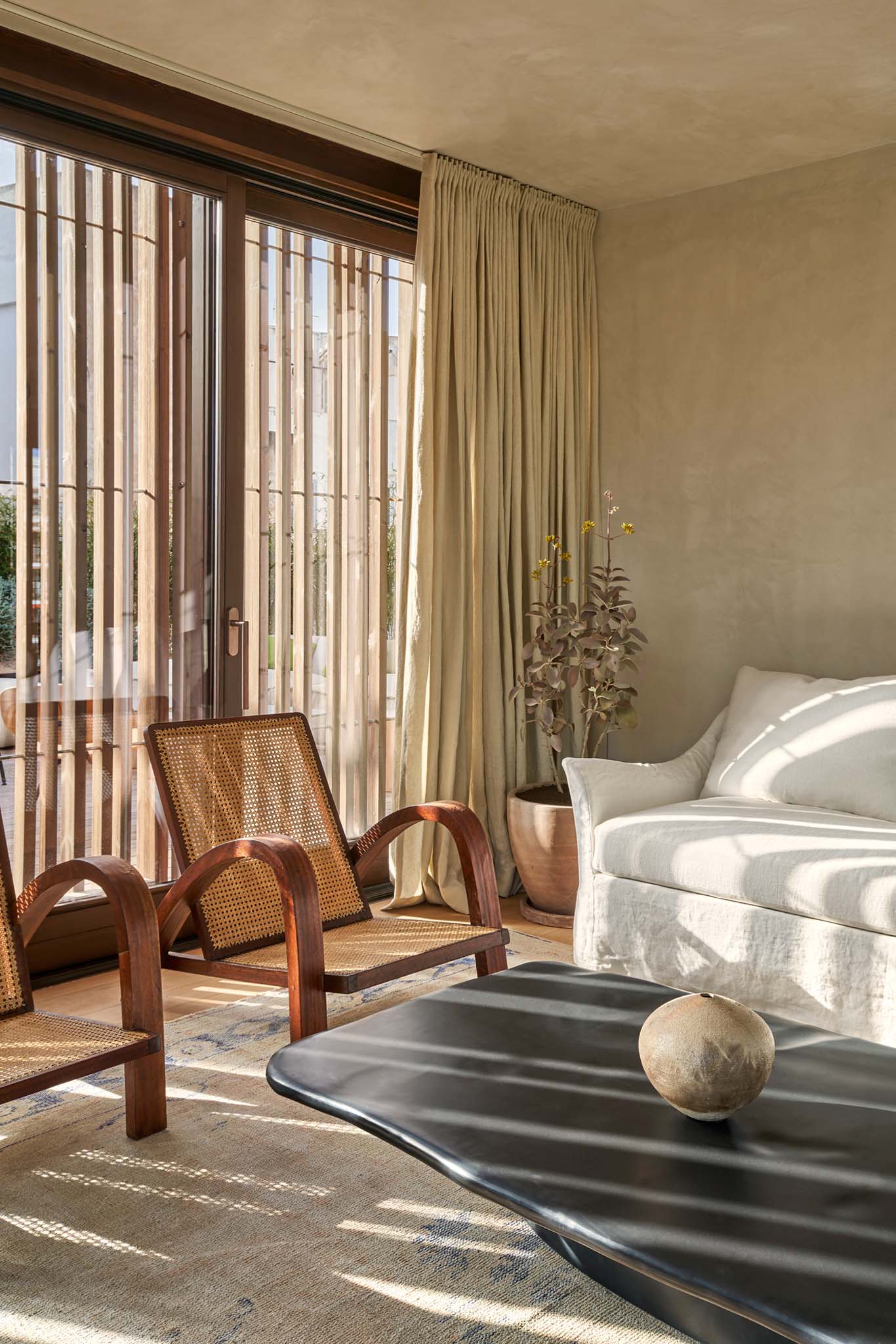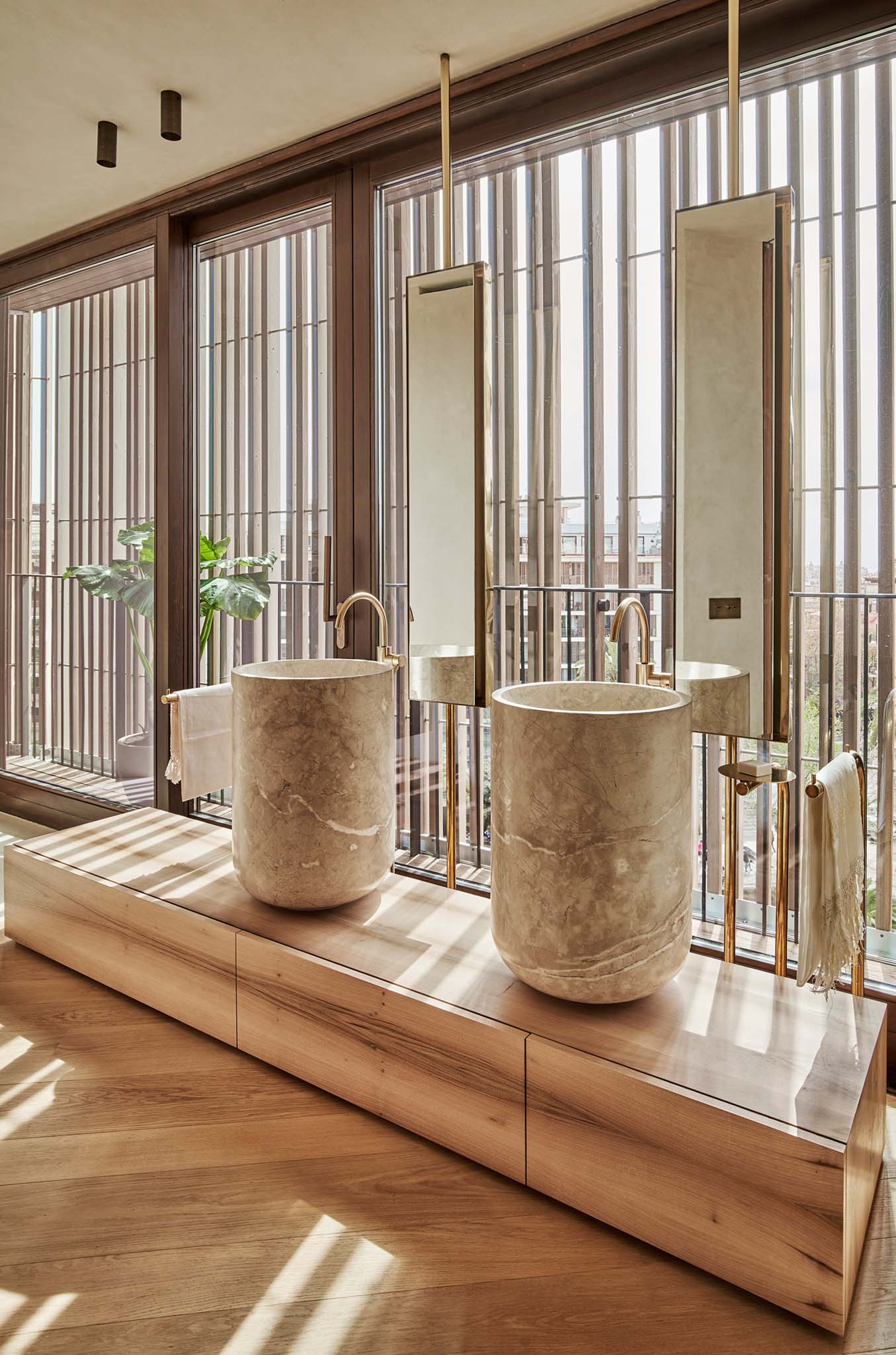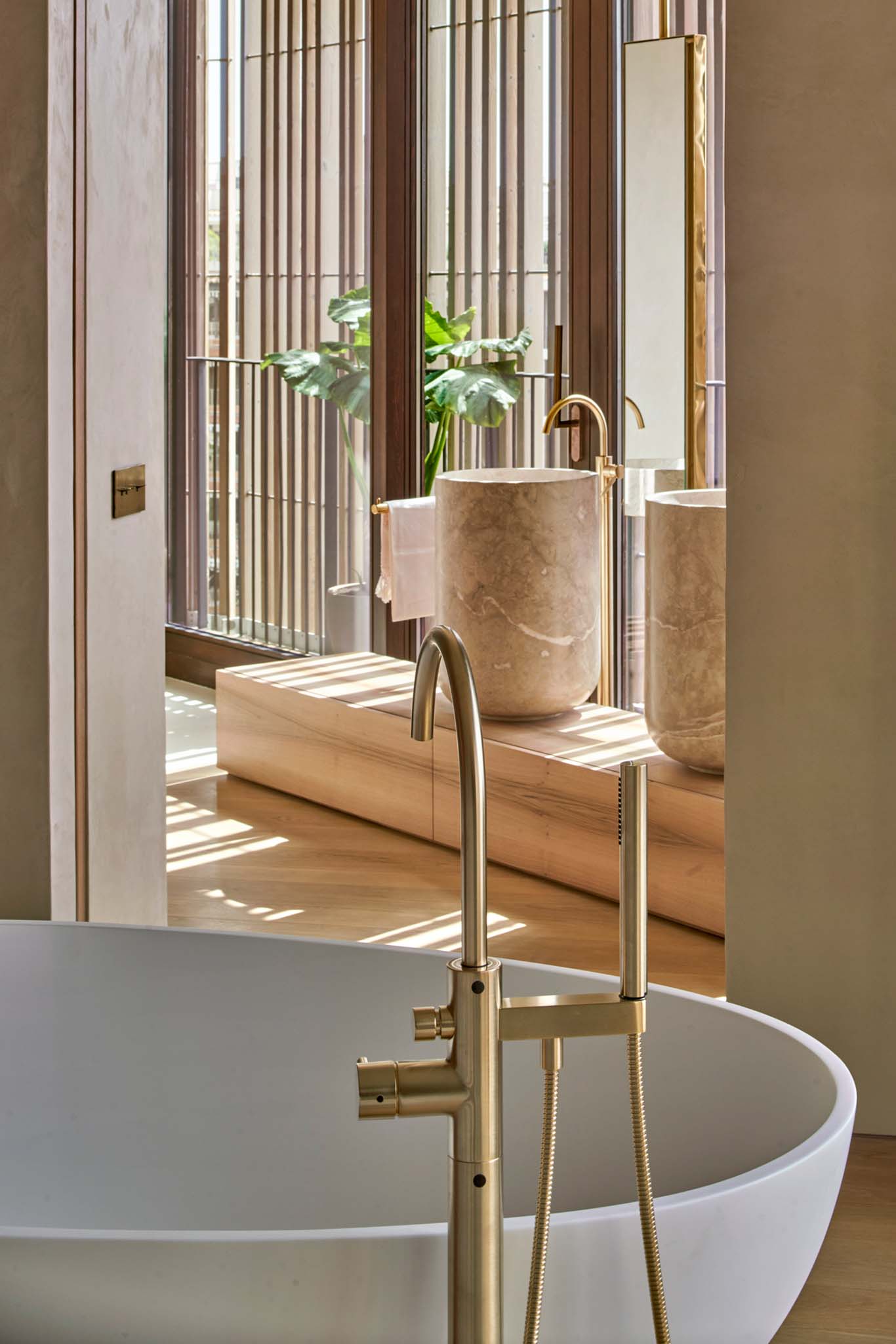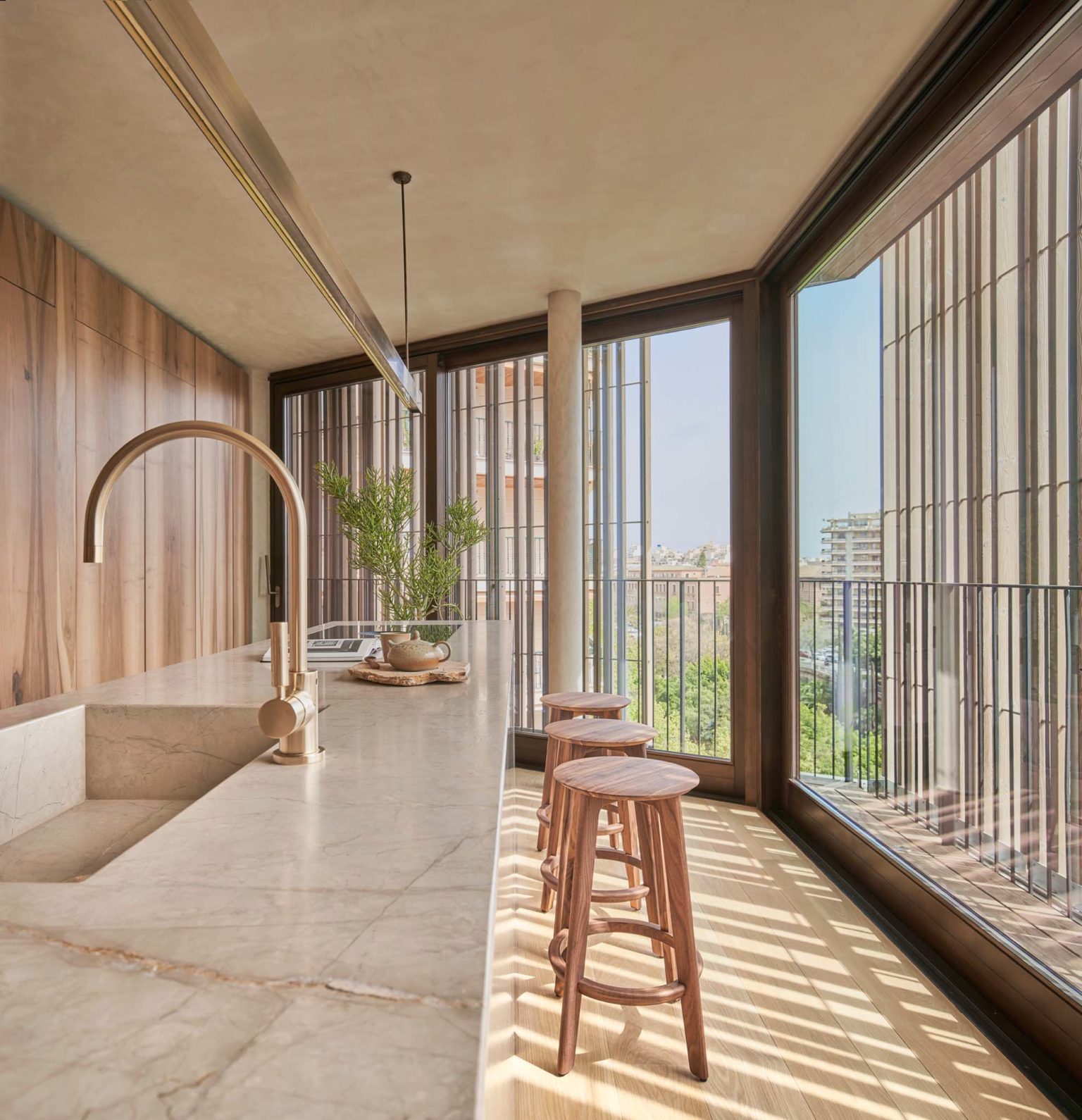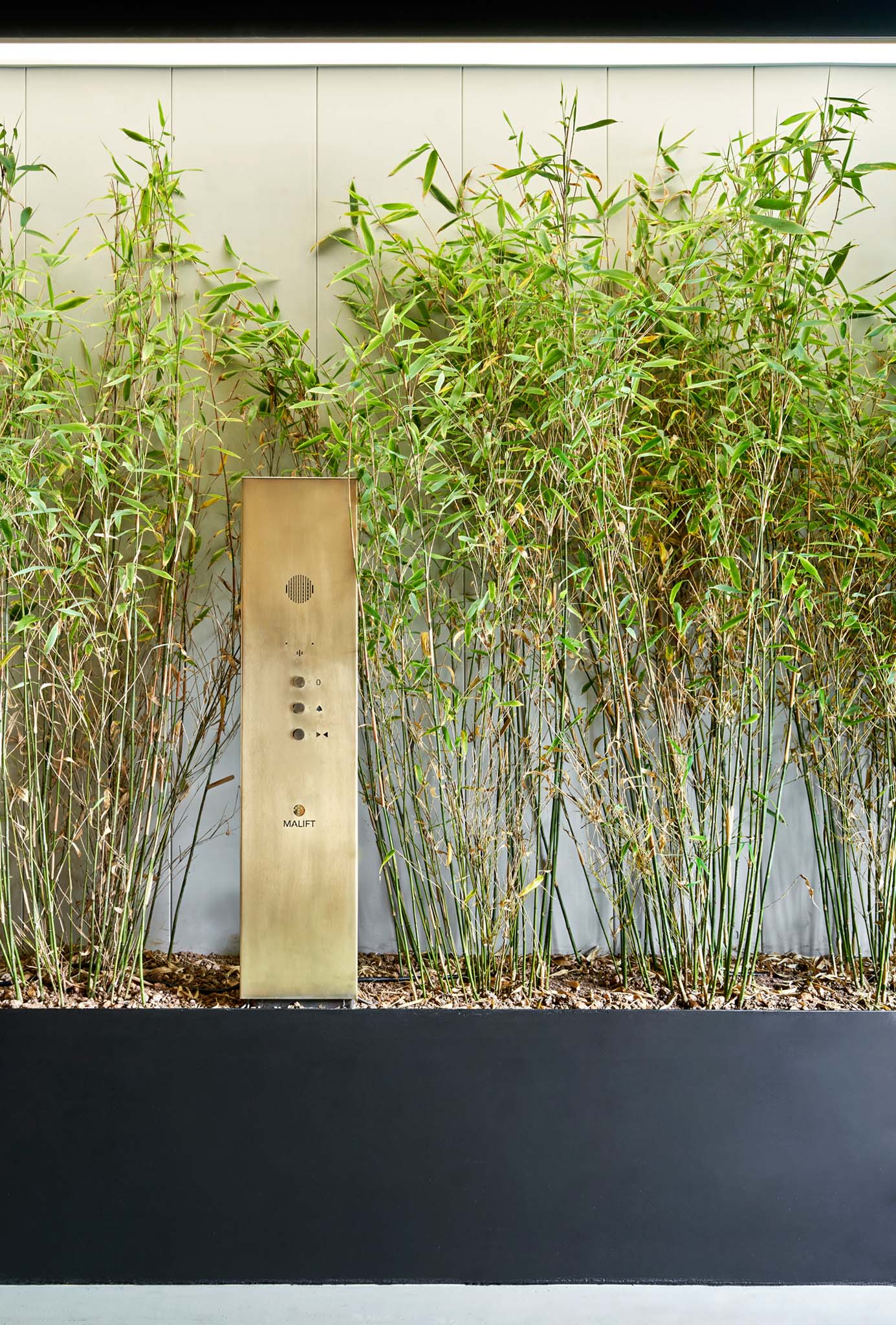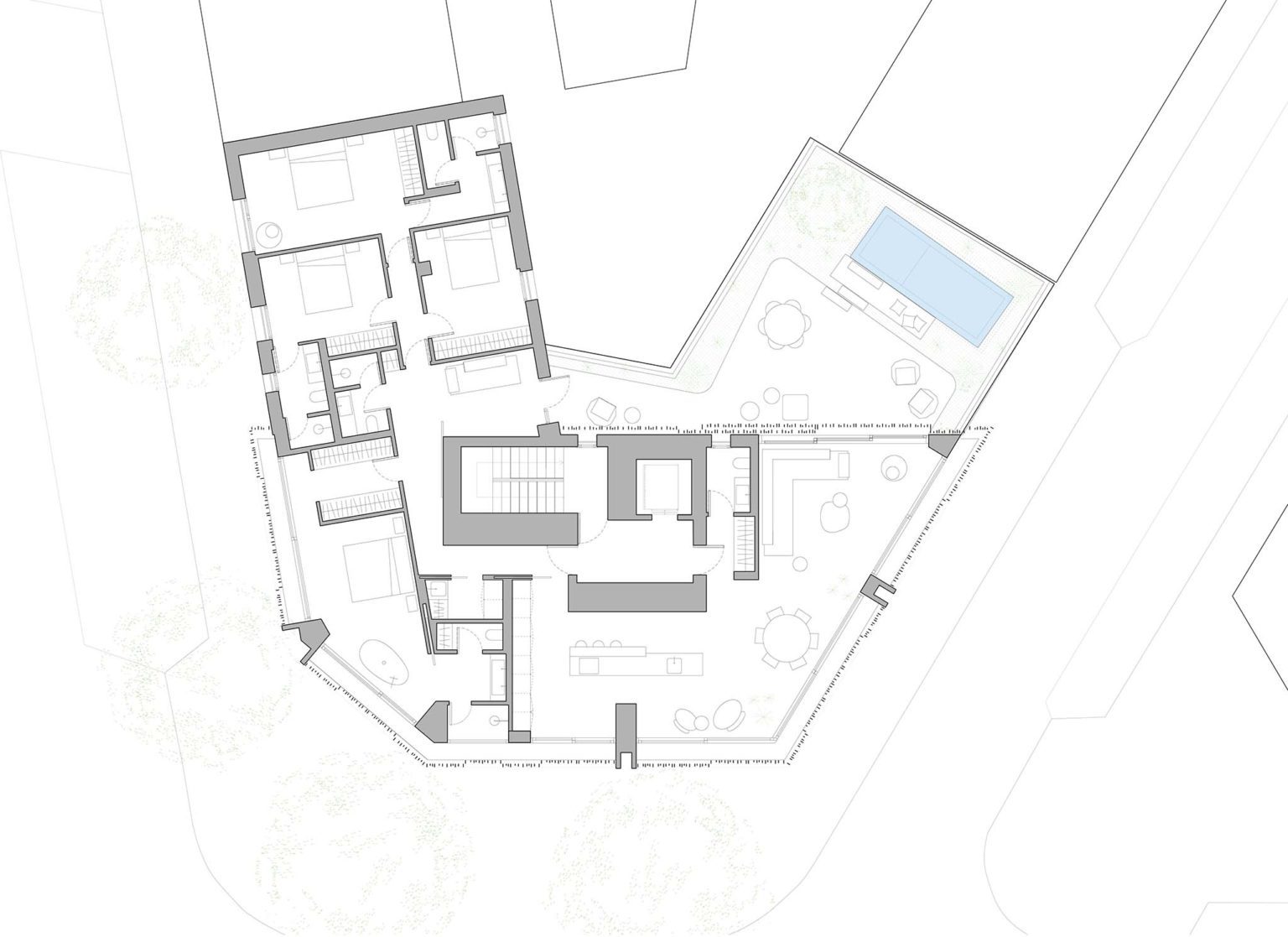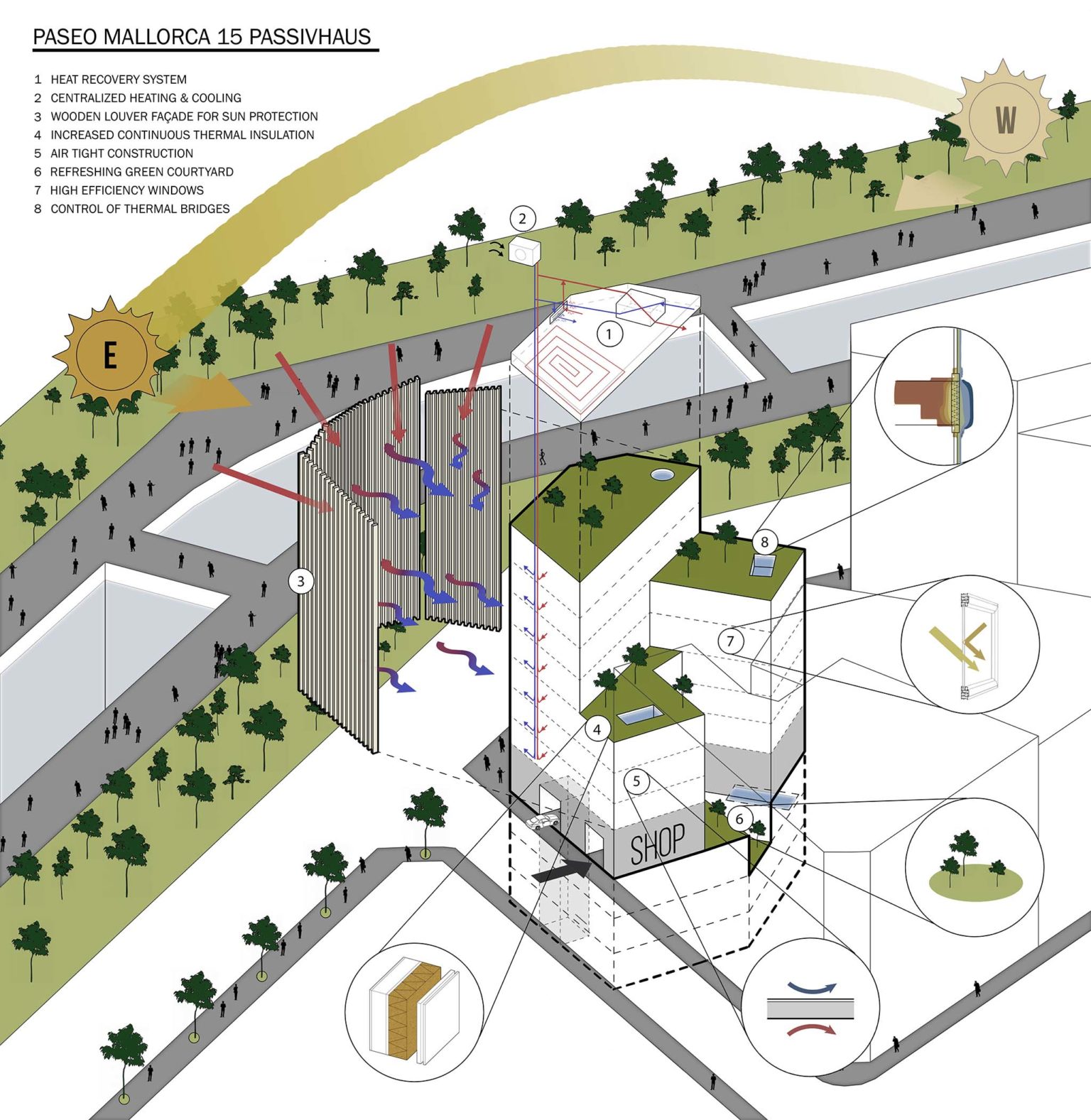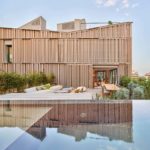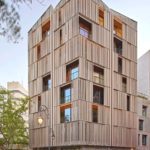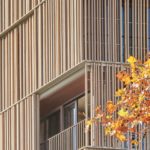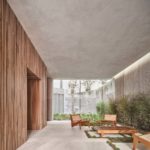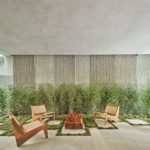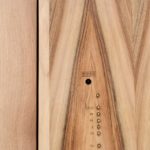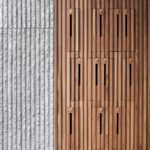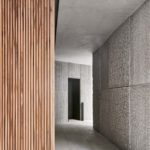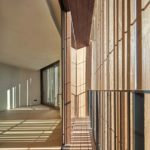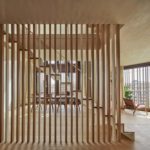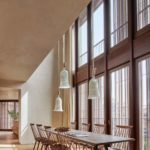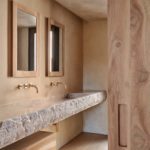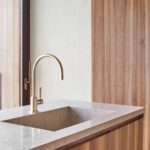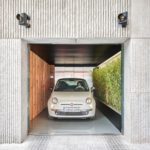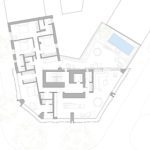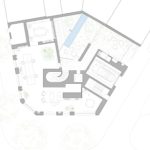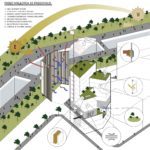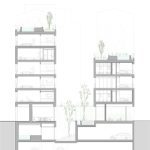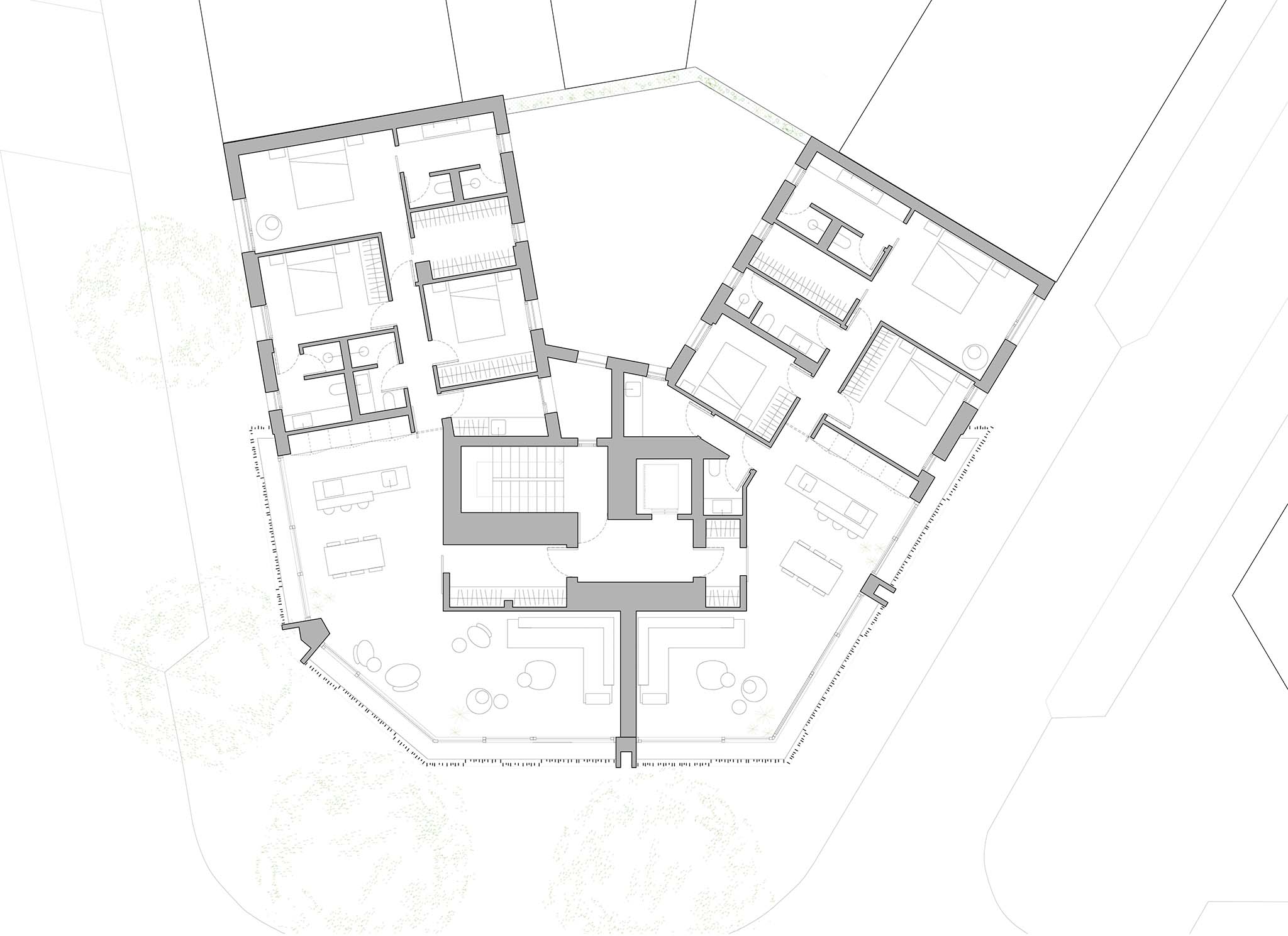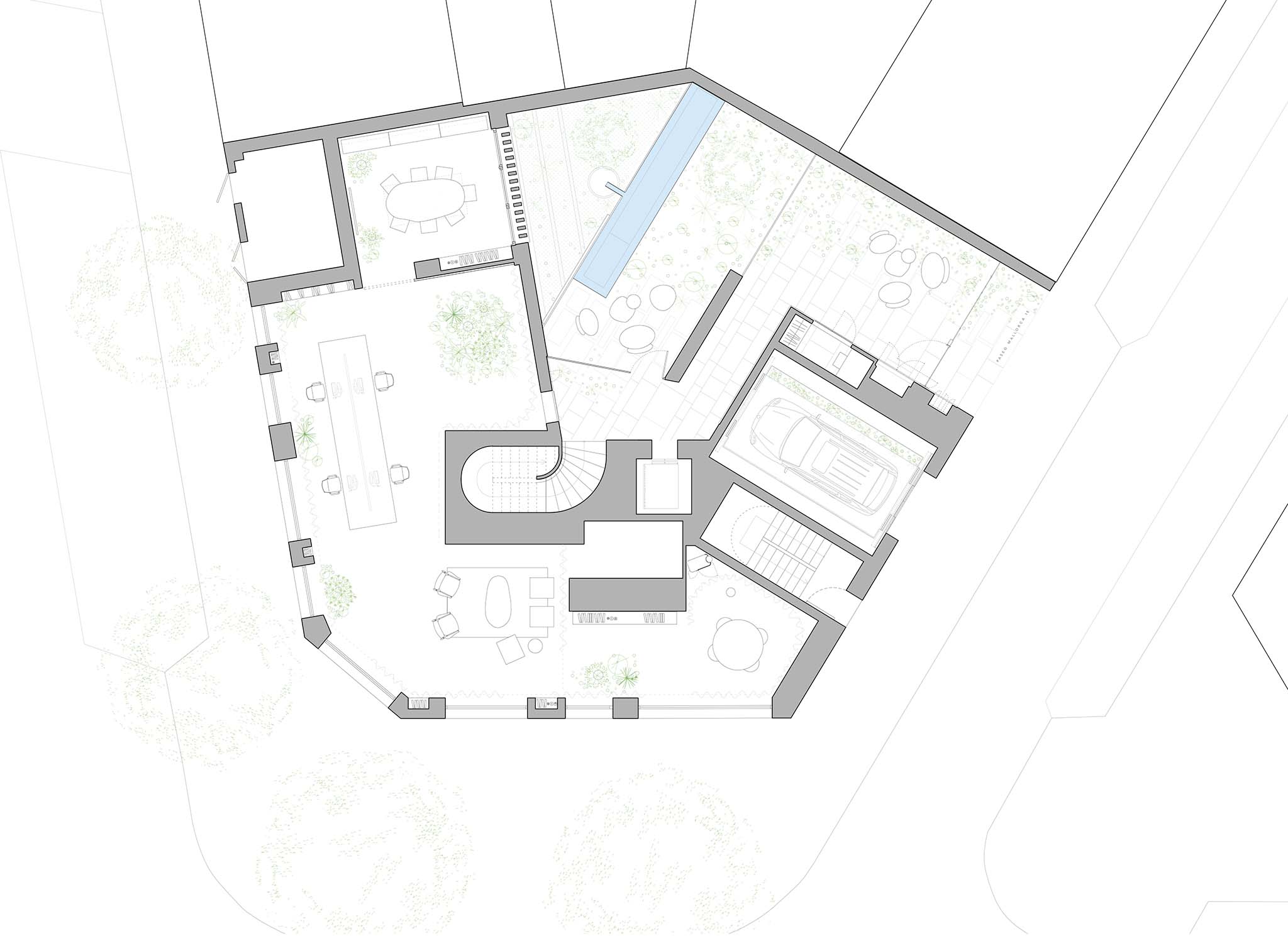Project Credits & Specs:
- Architects: OHLAB / Oliver Hernaiz Architecture Lab
- Photographs: José Hevia
- Location: Palma de Mallorca, Spain
- Area: 4300 m2
- Year: 2022

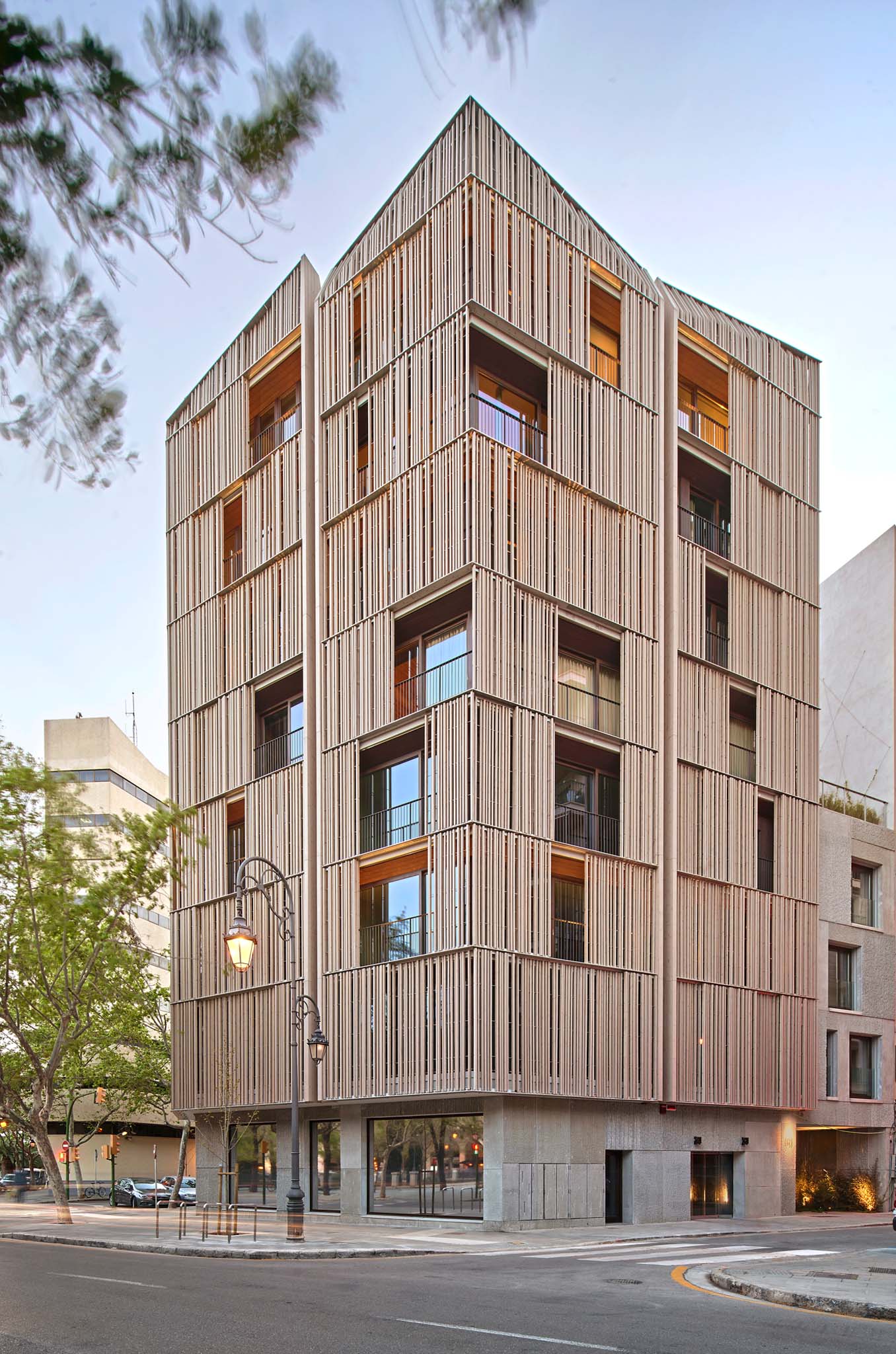
In the exceptional and sun-blessed location of Paseo Mallorca, the tree-lines promenade overlooking the Riera water course running through the heart of the city, this new residential complex is set to become a landmark in the city of Palma due to its architecture, sustainability, energy efficiency, urban integration, quality of materials, interior design and level of comfort.

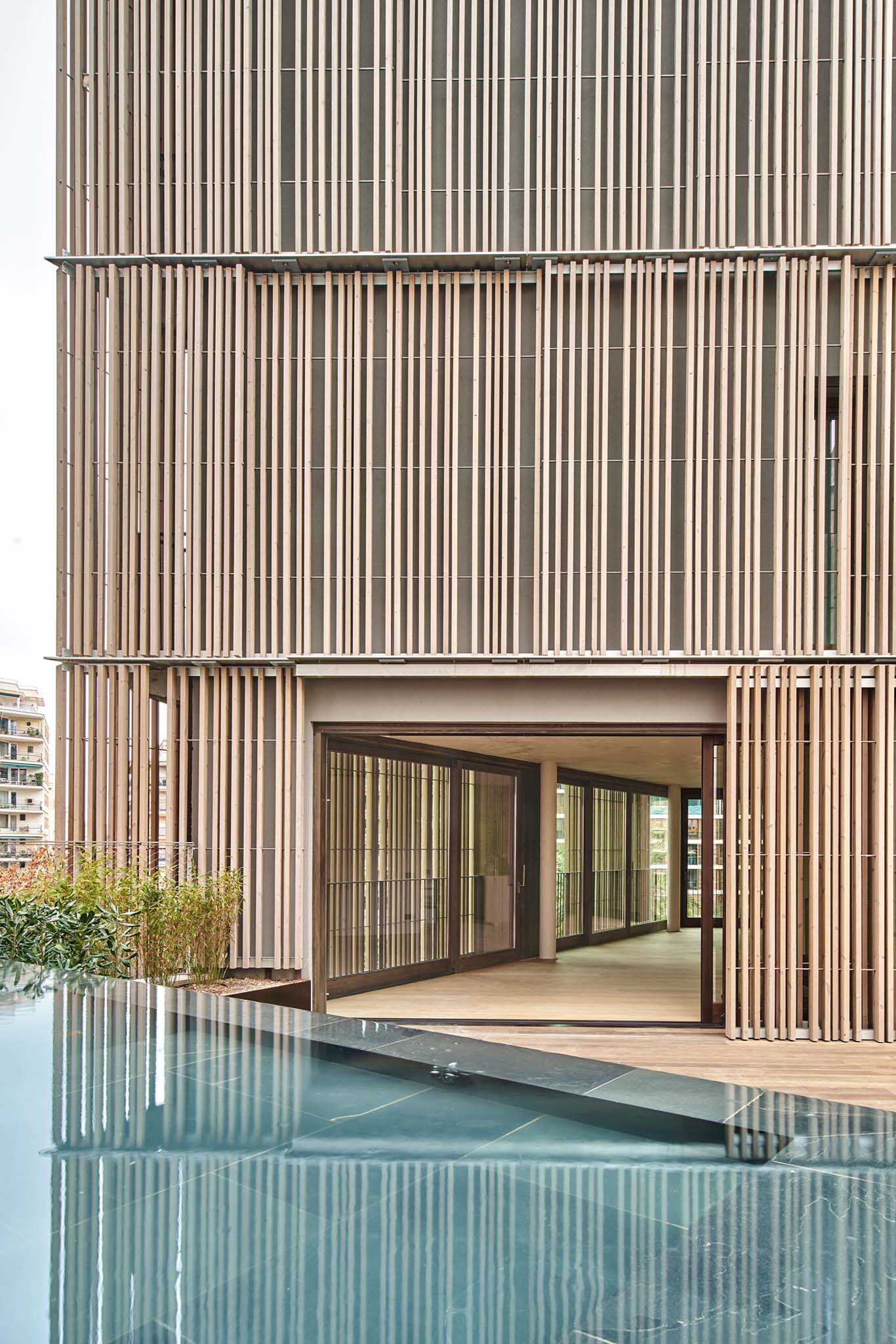
The façade, consisting of sliding panels made of wooden slats, acts as a solar filter to create stunning effects of changing light and shade on the homes, making the most of the sun, efficiently and all year round. The project has been designed in accordance with Passivhaus standards to achieve maximum energy efficiency and a heating/air-conditioning demand of only 15kWh/ (m2y). This means a reduction of almost 90% in terms of air heating and cooling requirements in comparison with a conventional building, resulting in extremely low energy costs for the owner and for the planet. This construction method falls within the nZEB (nearly zero energy building) standard for consumption.



On entering the building, you are greeted by a green wall of Spanish cane (Arundo Donax), typical of Mediterranean riverbeds, in a nod to the Riera of Paseo Mallorca opposite the building. The green wall leads you out onto the inner courtyard, where you are met by a cool oasis of vegetation and calm. The inner courtyard, with its different levels, acts as an inner lung of vegetation and trees that continues upward until it reaches the landscaped terraces with pools on the fourth, sixth, and eighth floors of the building.


The courtyard garden features a gentle waterfall that cascades to the floor below, cooling the courtyard in the summer through evapotranspiration and creating a relaxing sound. This courtyard also connects with below, providing lighting and vegetation to the basement which houses the residents’ pool, gym, and spa, transforming it into a unifying vertical axis that links the building’s vegetation and allows cross-ventilation through the garden for all the homes.
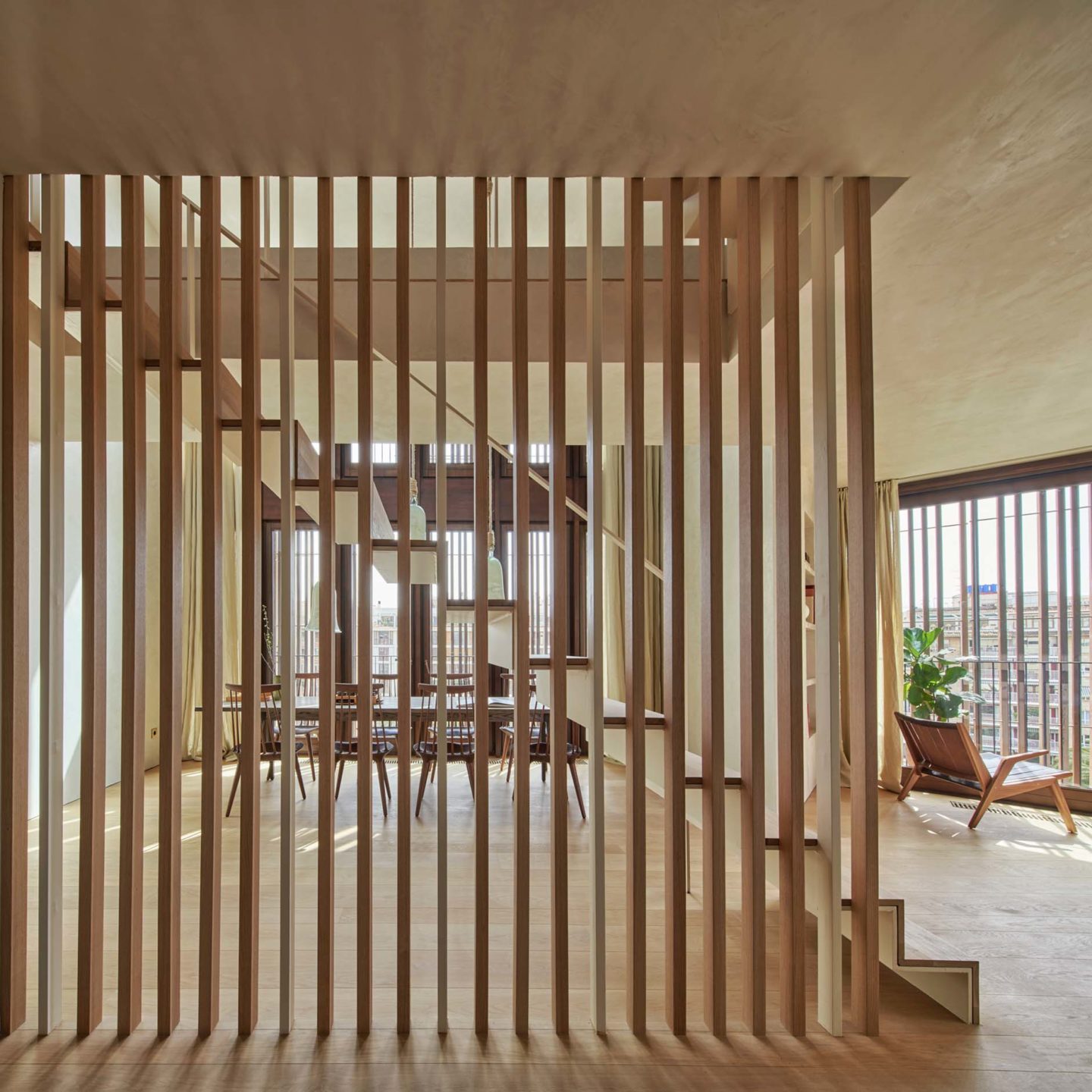
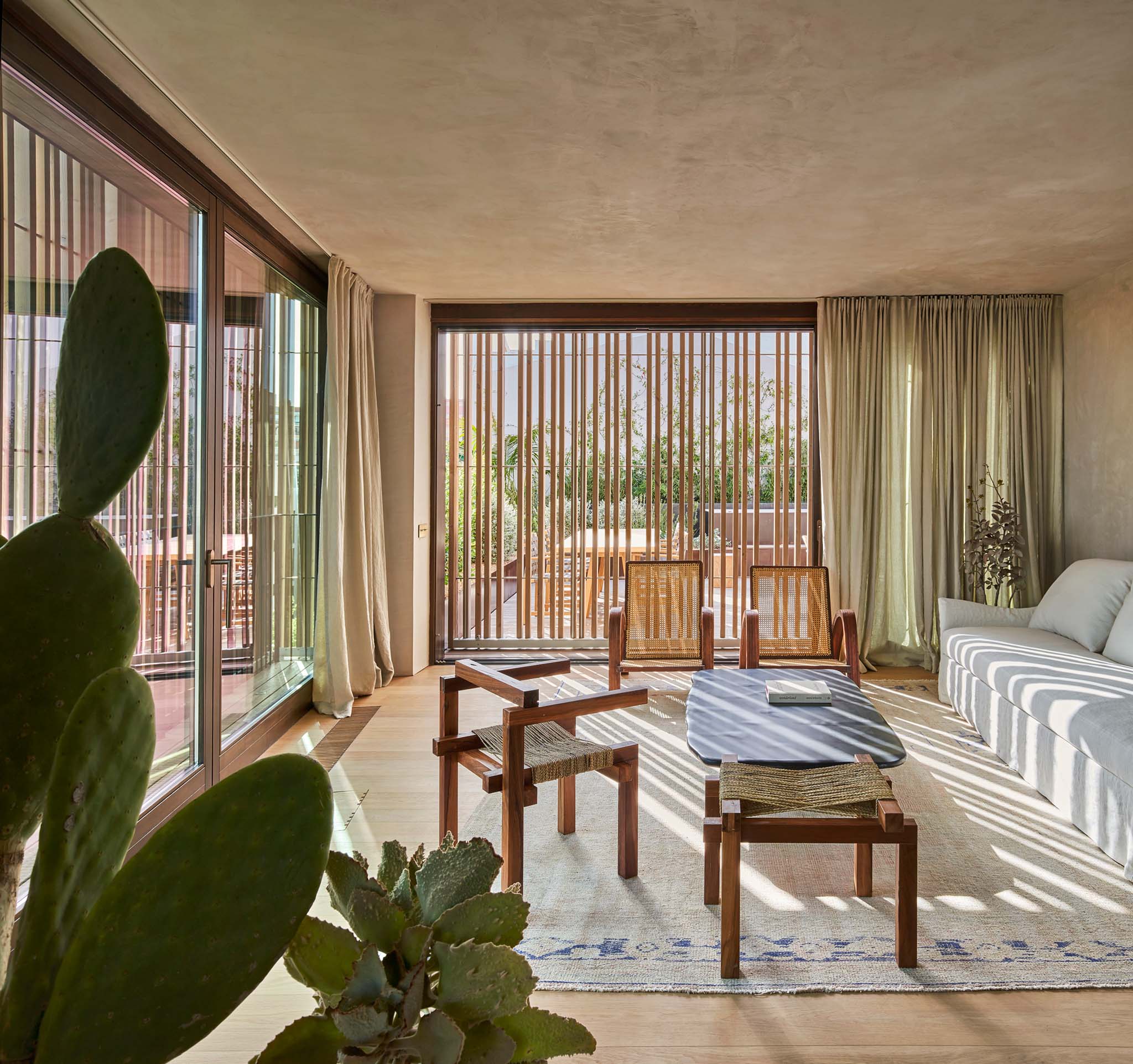
This façade is protected by a second sensitive skin consisting of moving panels of wooden slats that block out the sun in the summer, make the most of the sun in the winter and mark the transition between the home and its surroundings. It is an organic, permeable, and changing layer, an exterior reflection of its interior, a solar filter to modulate light and shade, optimized through solar studies, which adapts to the different climate needs and draws upon the tradition of Majorcan pergolas and shutters. Combined with cross ventilation and a heat recovery system, it is key to ensuring maximum energy efficiency. The second type of cladding, meanwhile, is found on the perimeter areas, facing the quieter streets, where the sleeping areas of the homes are situated. This is a solid façade that provides the necessary protection and defines the area containing the private areas.

The residents’ spa area, with walls and floors finished in natural stone, includes a heated indoor pool, steam bath, and changing rooms. Next to the pool is the gym, with large windows overlooking the courtyard garden. The outside of the building is defined by two types of facades. A permeable skin made of wooden slats filters the sun and plays with the light and shade in the day areas of the homes. Another, more solid, stone façade protects the bedrooms. The first type of cladding is on the side overlooking Paseo Mallorca, which is the sunniest part, with the best views, and where the day areas of the homes are located. This area has a double façade with large windows for residents to take advantage of the views, and enjoy the numerous deciduous trees and the winter sun.
Different textures and rhythms imposed will find, in their own diversity, the unity of the whole. A material balance between negatives and positives creates a landscape of casings with changing textures. The selection of natural and local materials, highlighting the essence of the Mediterranean, has been very important. A simple palette of fine materials, such as solid doors made of local stone or pieces of aged bronze characterize the interiors of the homes at Paseo Mallorca 15. Finishes have been carefully selected for their quality, taking every detail, texture, and smell into account.
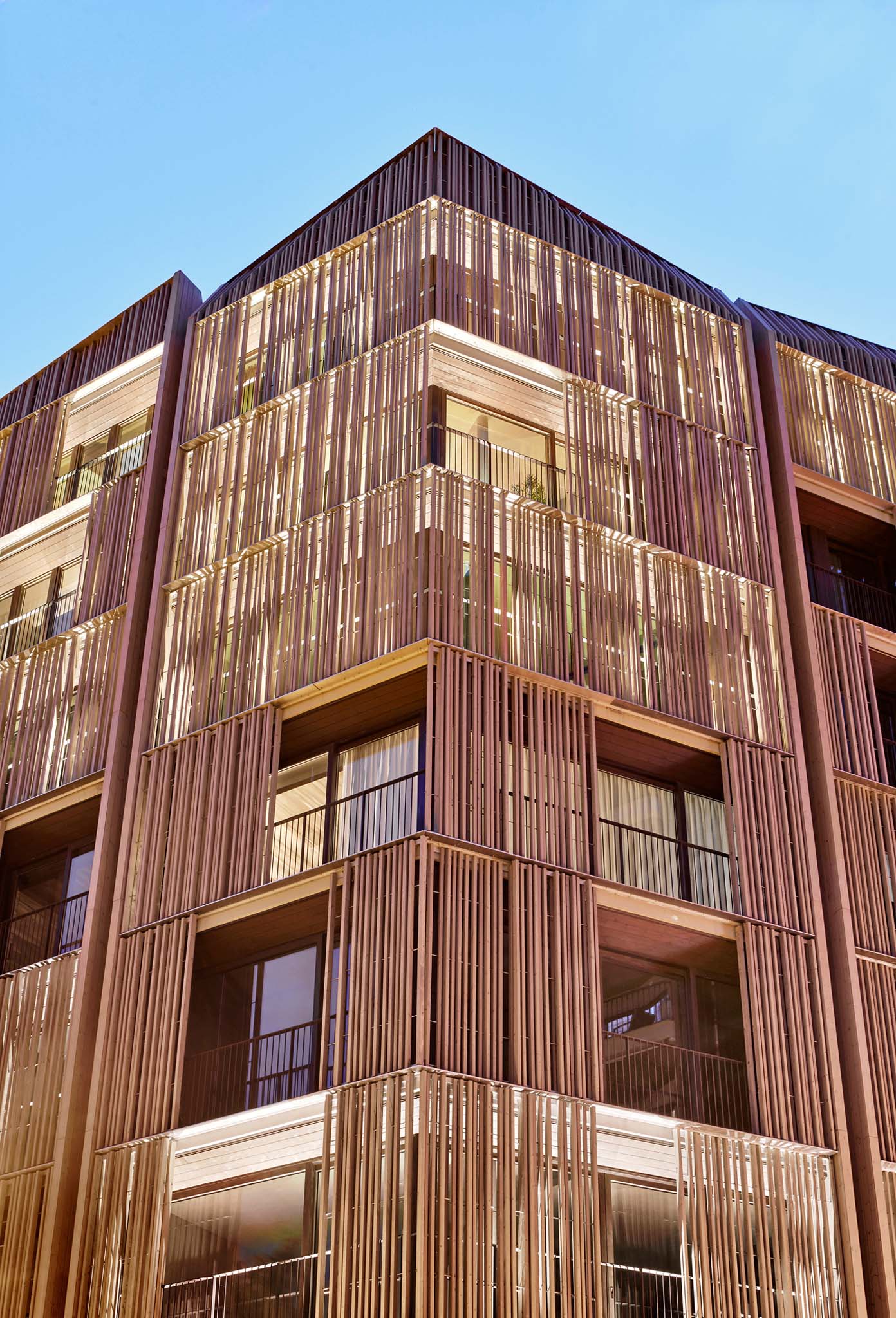

The penthouses at Paseo Mallorca 15, on different levels, are true urban havens above the city, with landscaped terraces and private mini-pools from where residents can admire the panoramic views of Palma rooftops and the three-lined walk along Riera.
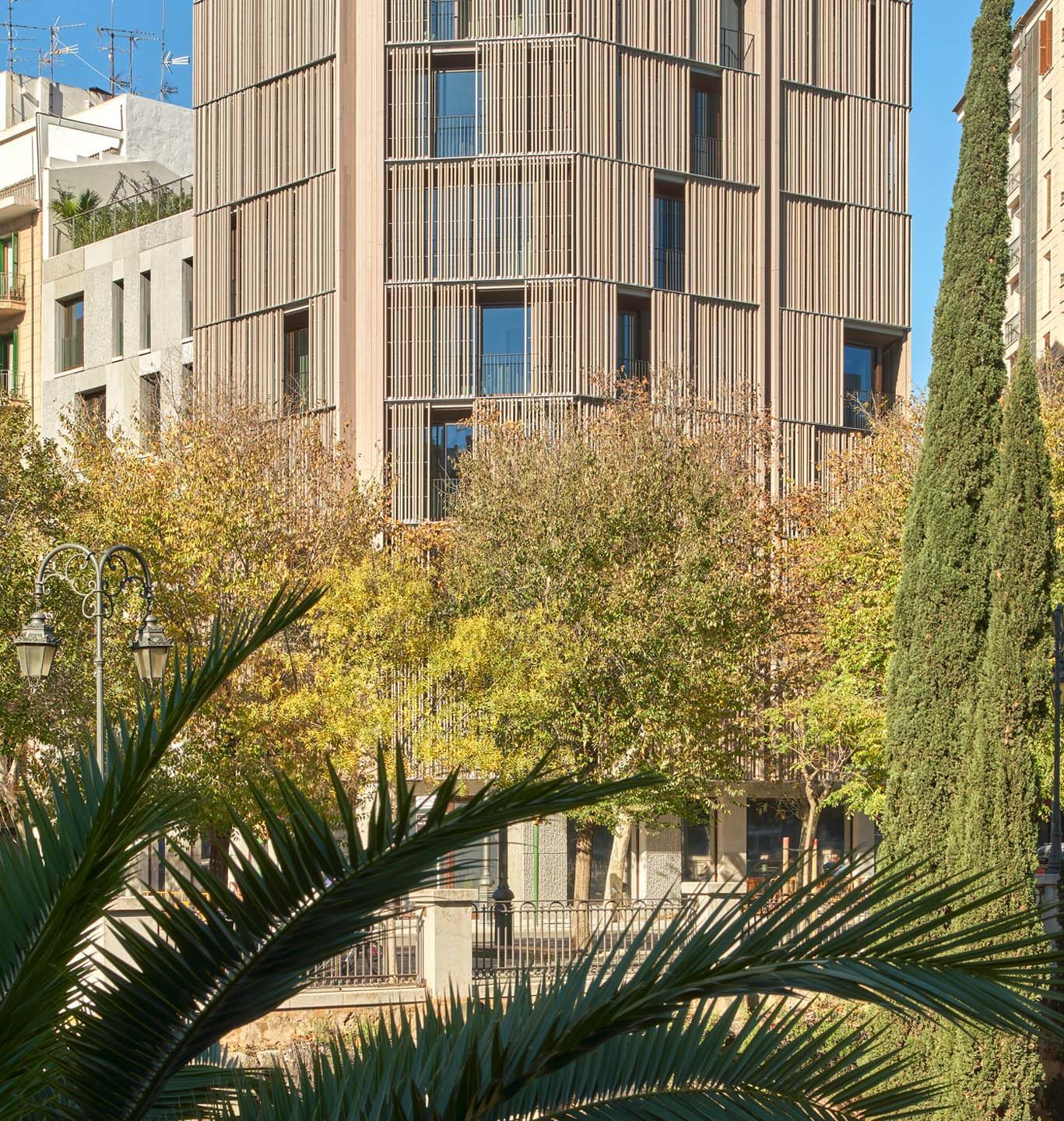
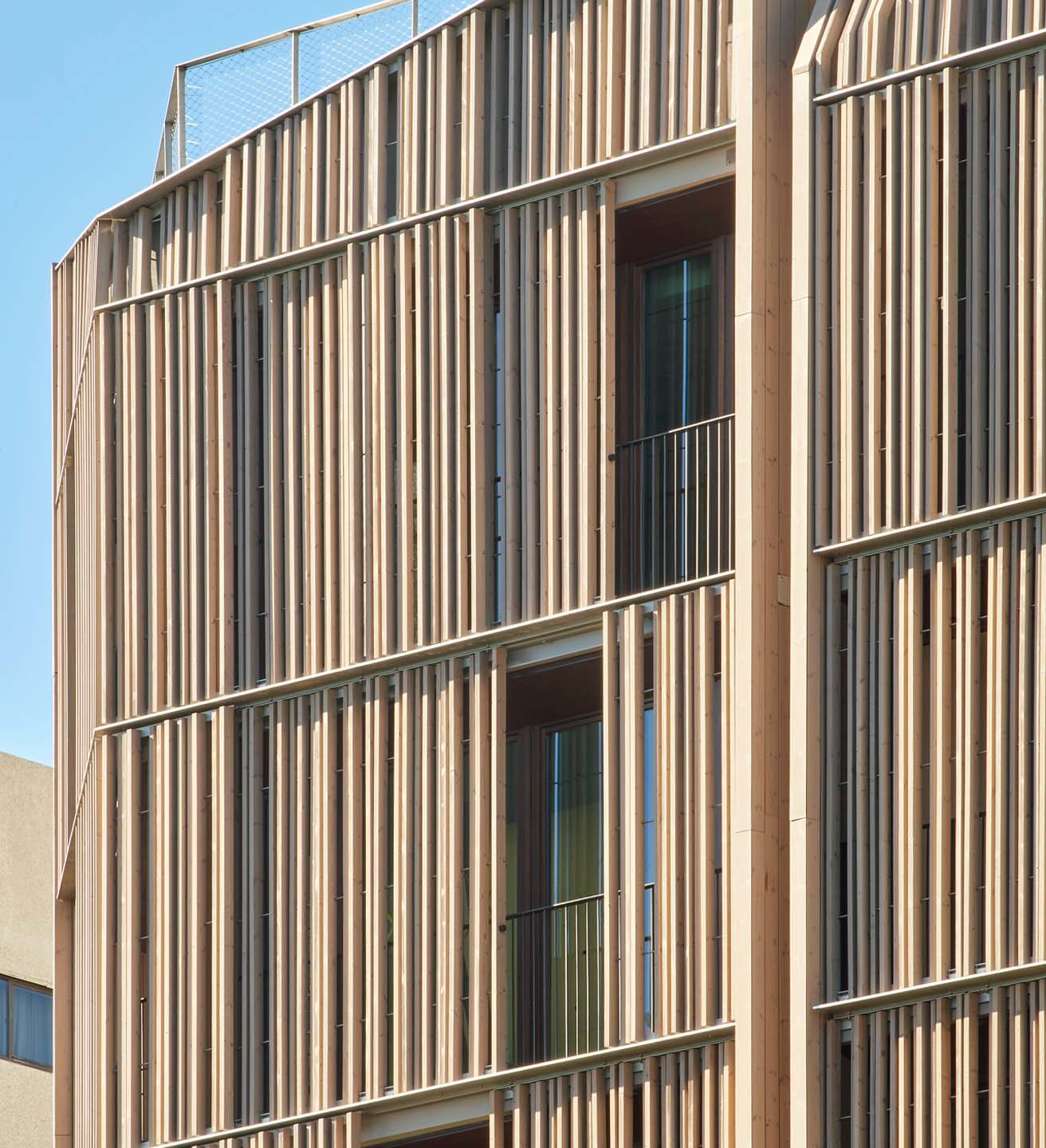
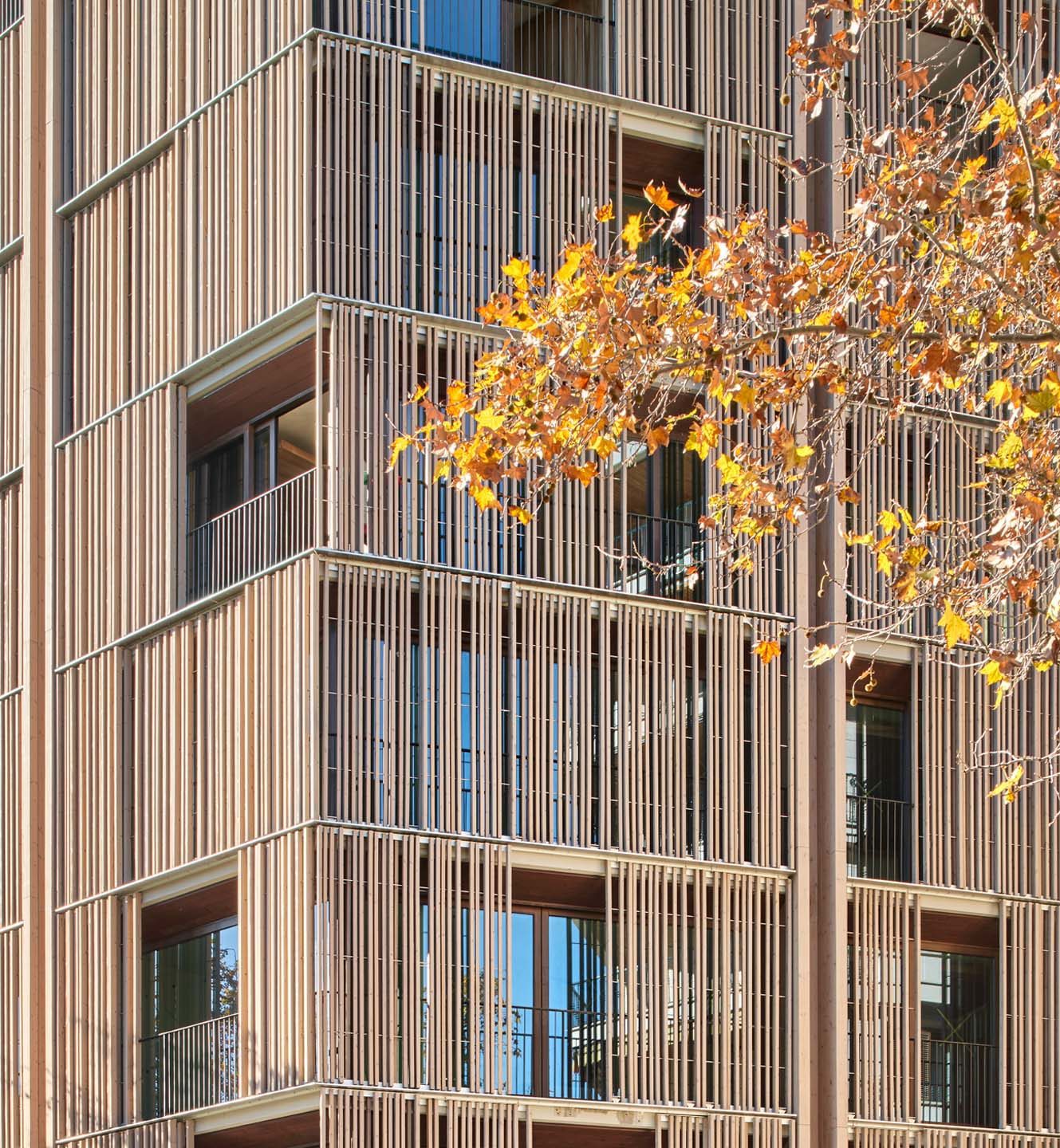


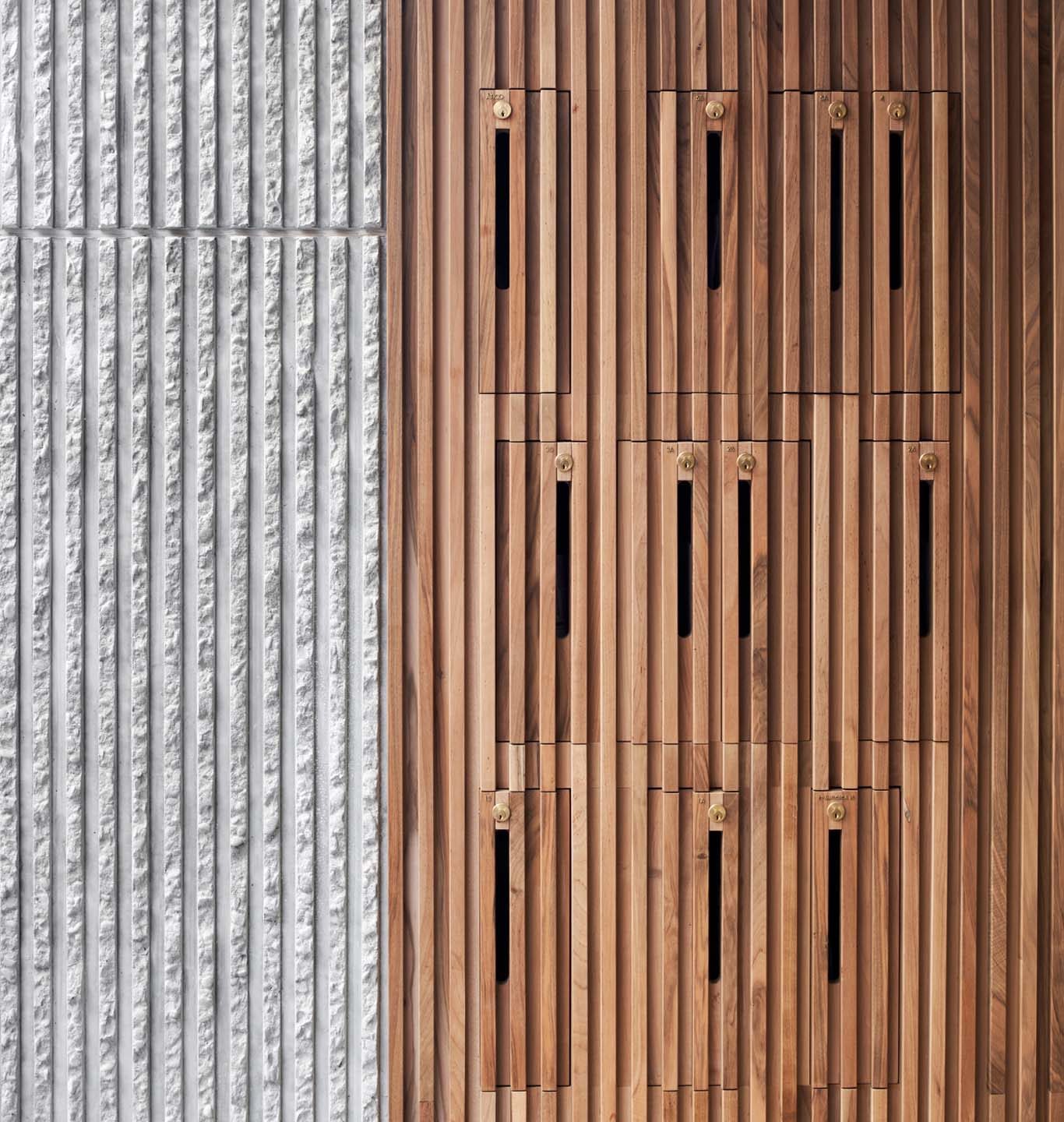

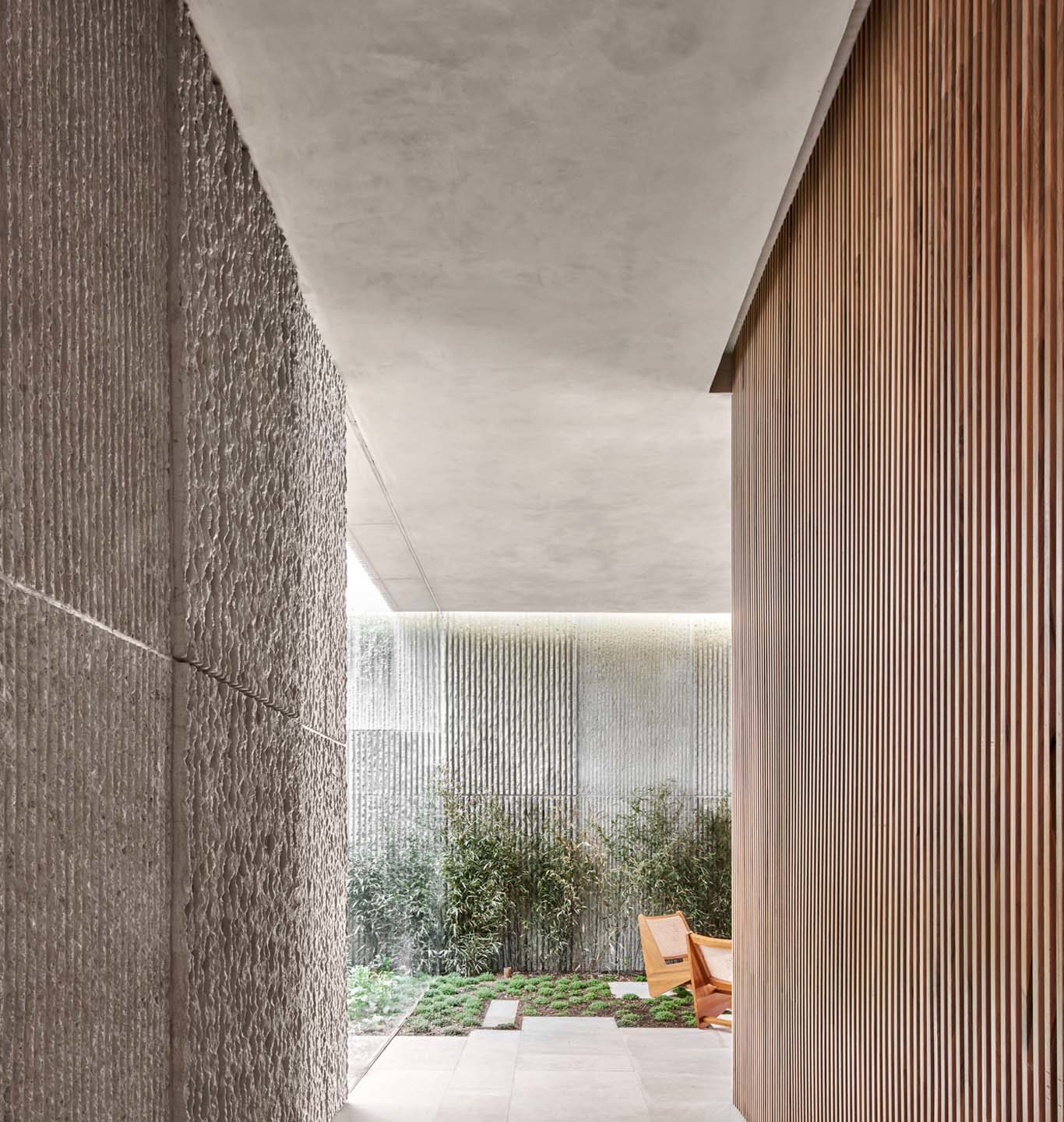
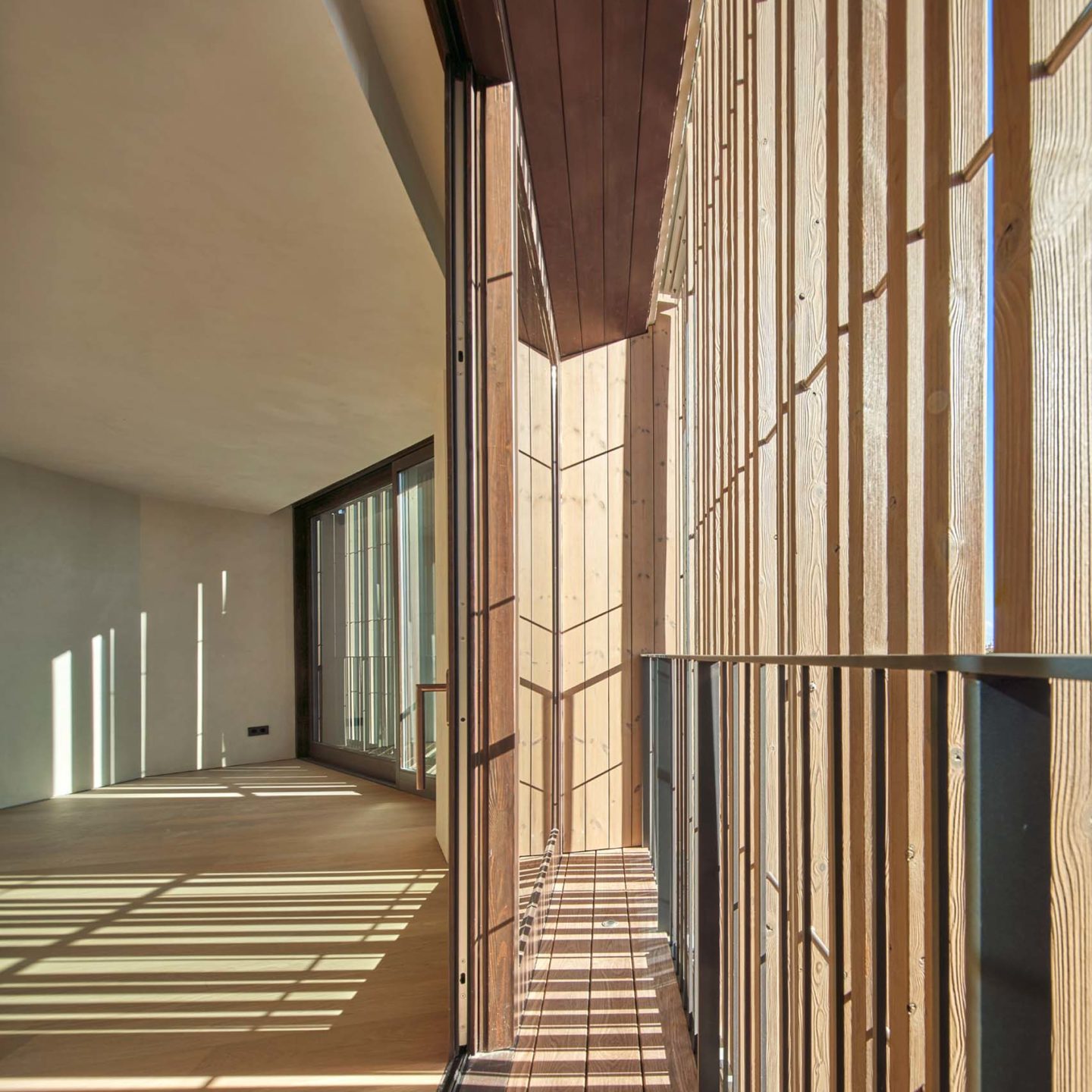

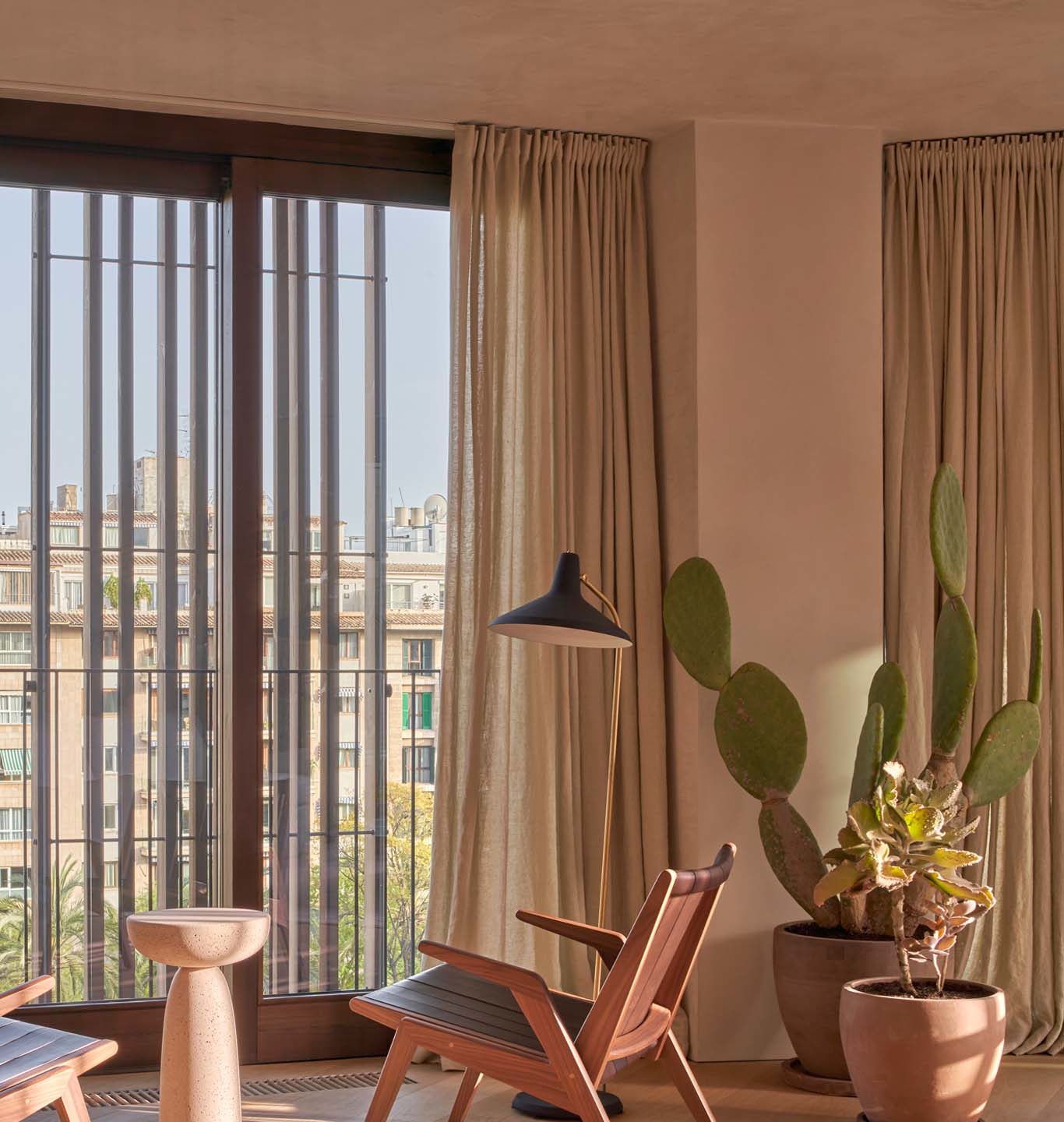

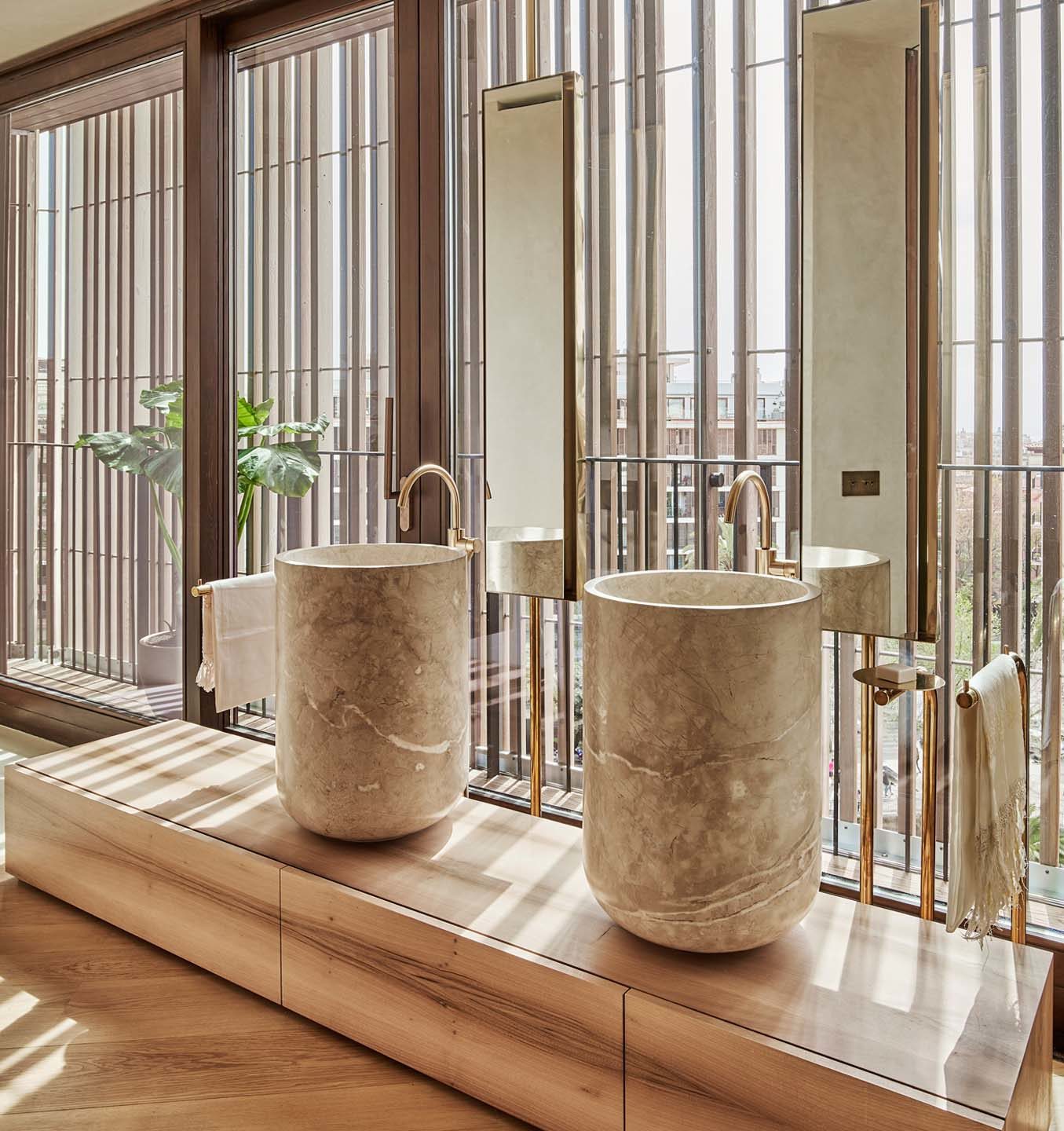

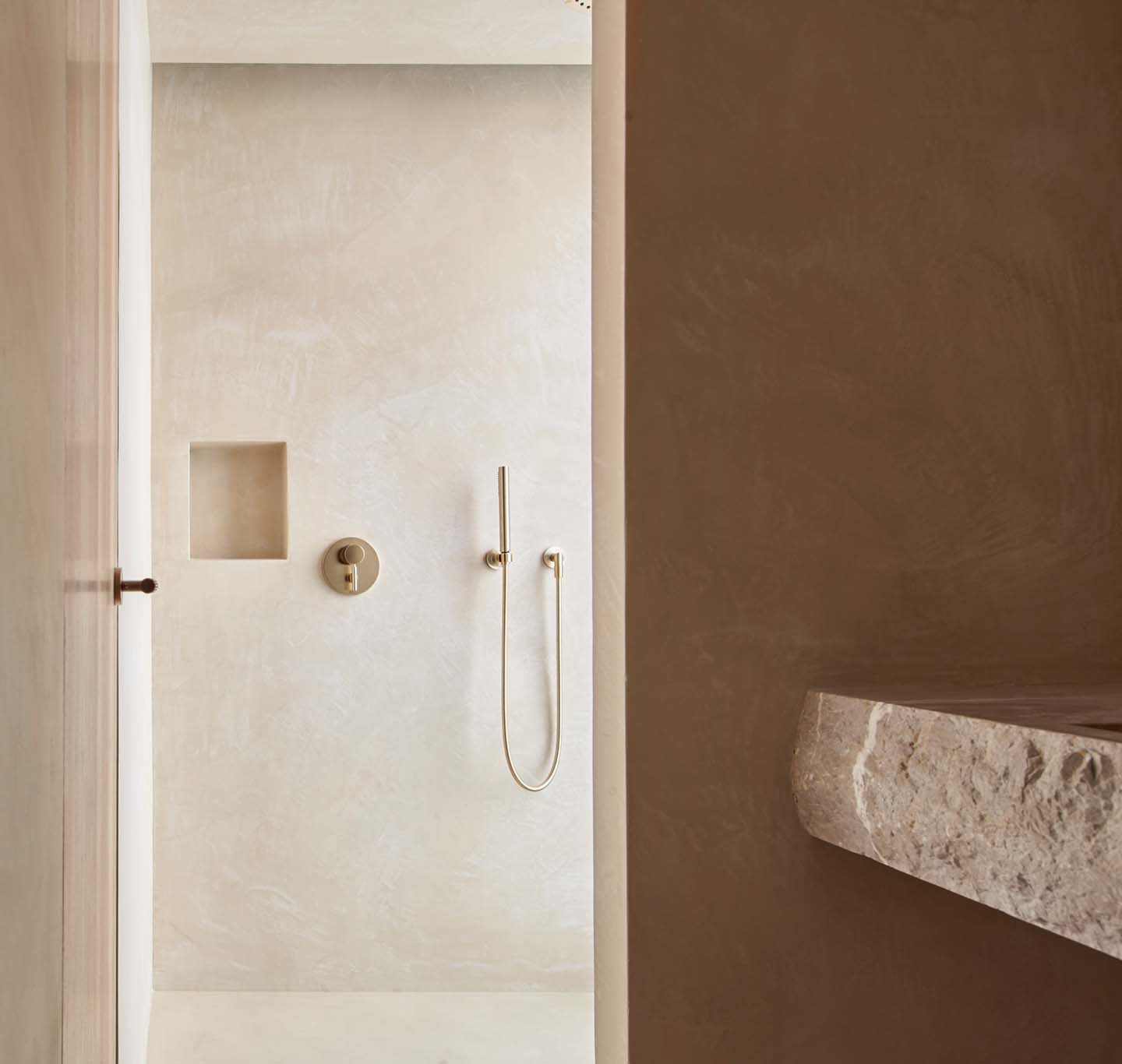
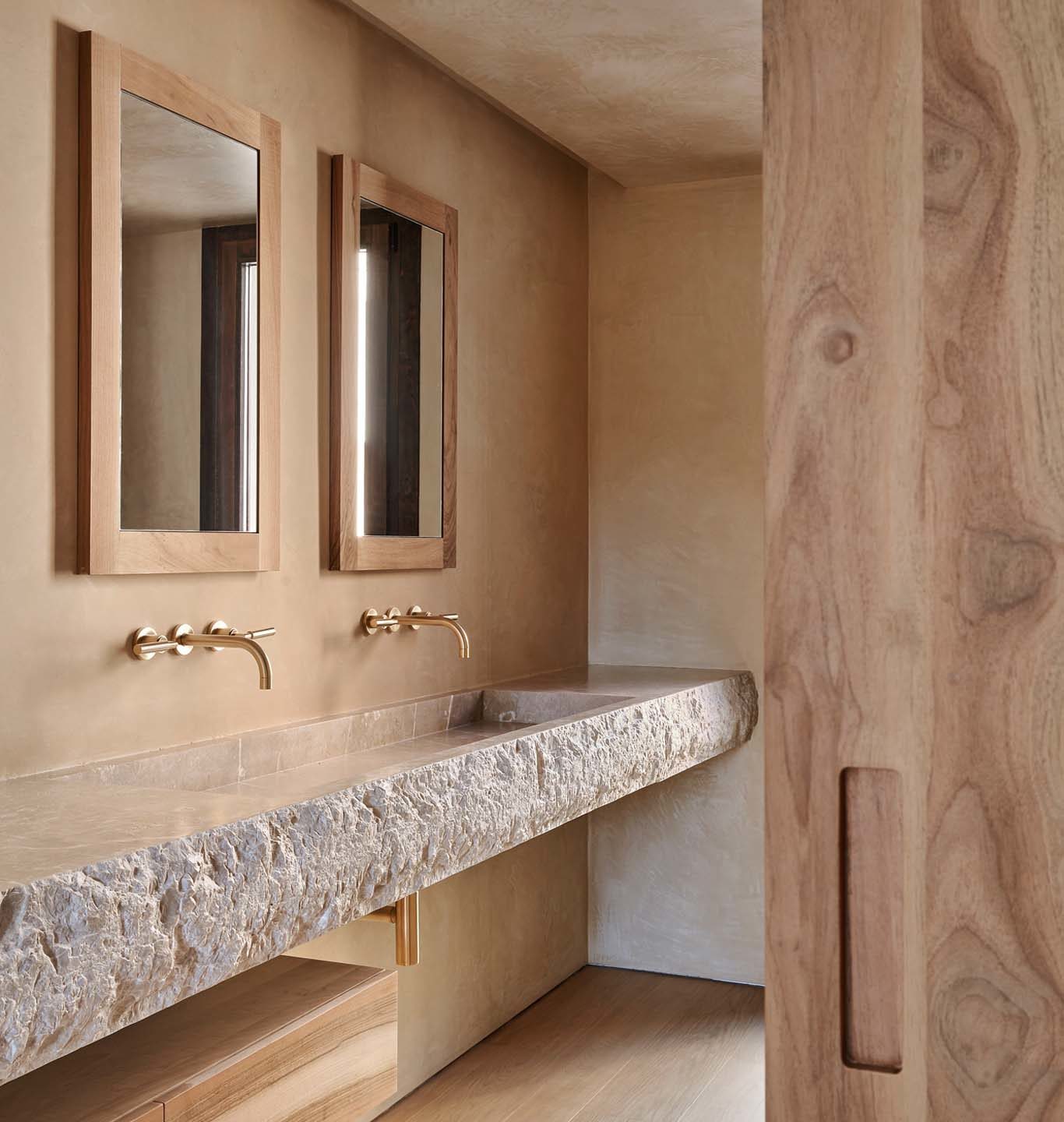

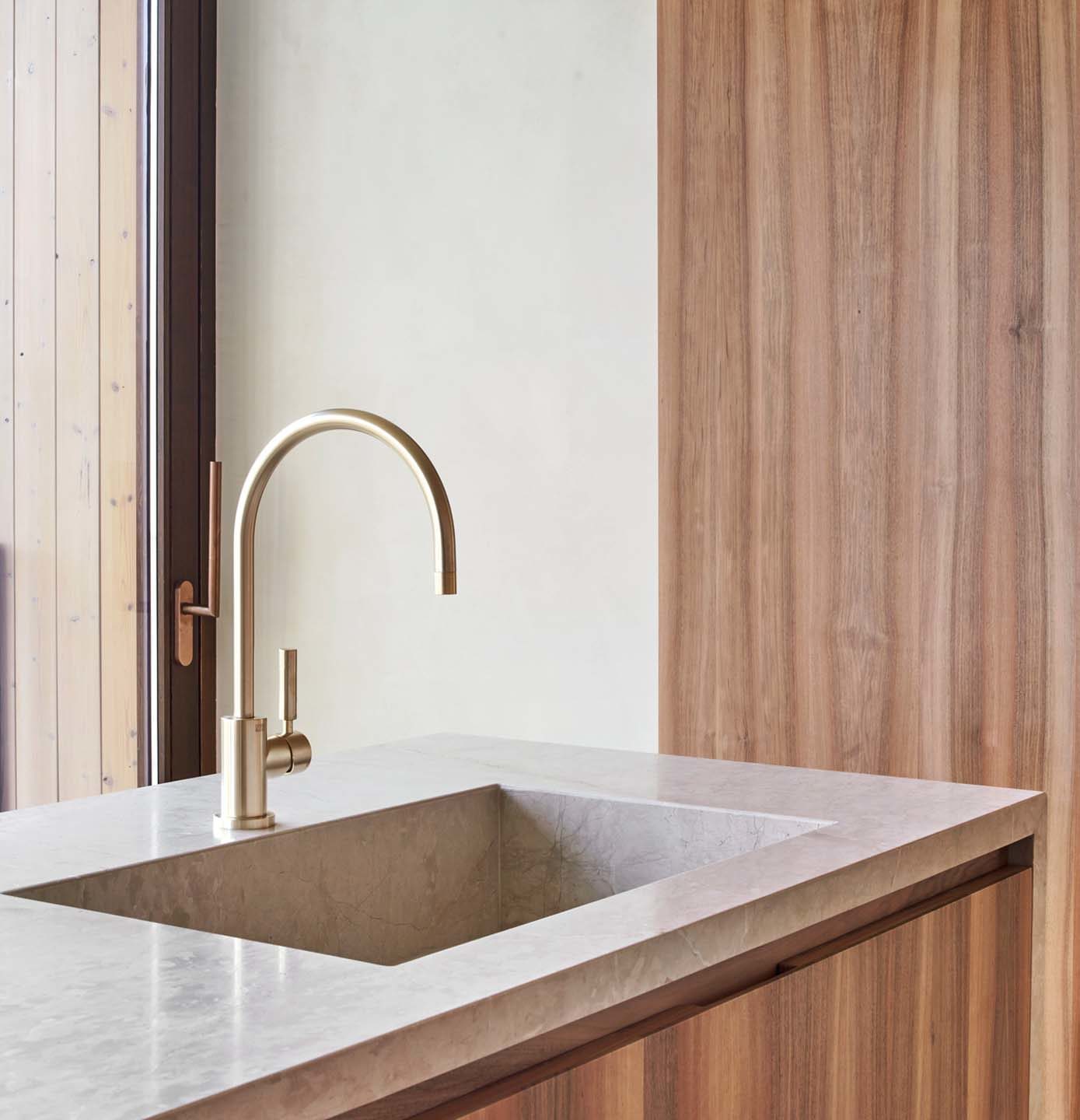

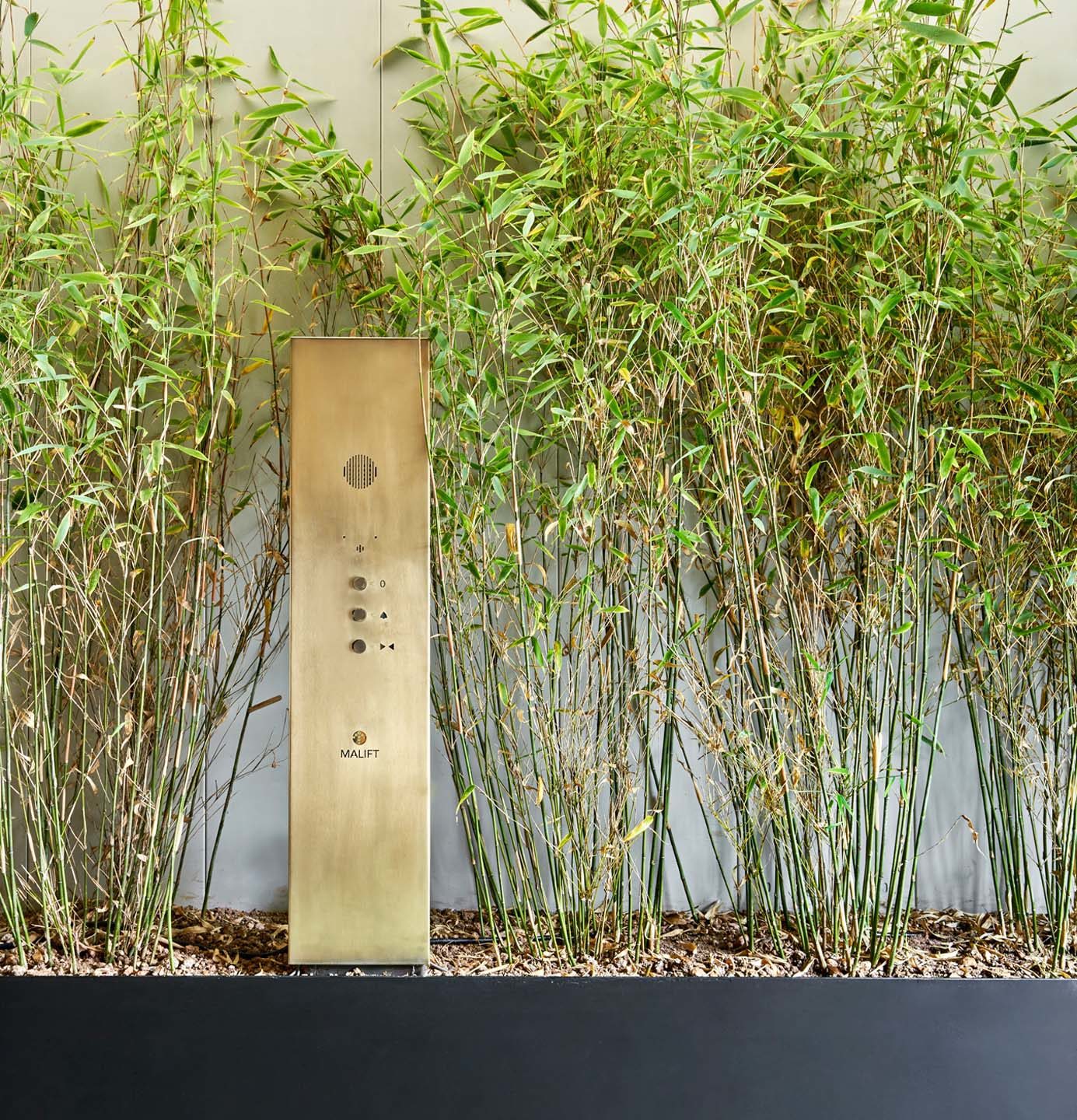
The project description is provided by the architects.
About the architects:

OHLAB is an office devoted to urban analysis and cultural research of contemporary society through design, architectural practice, and urban strategy.



